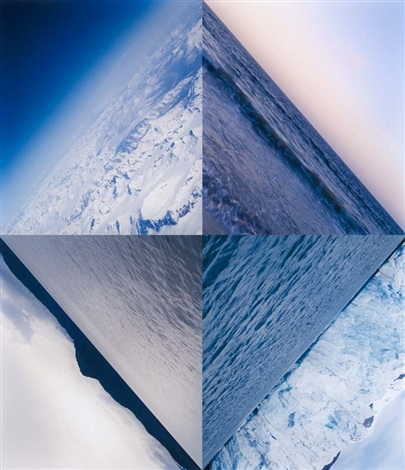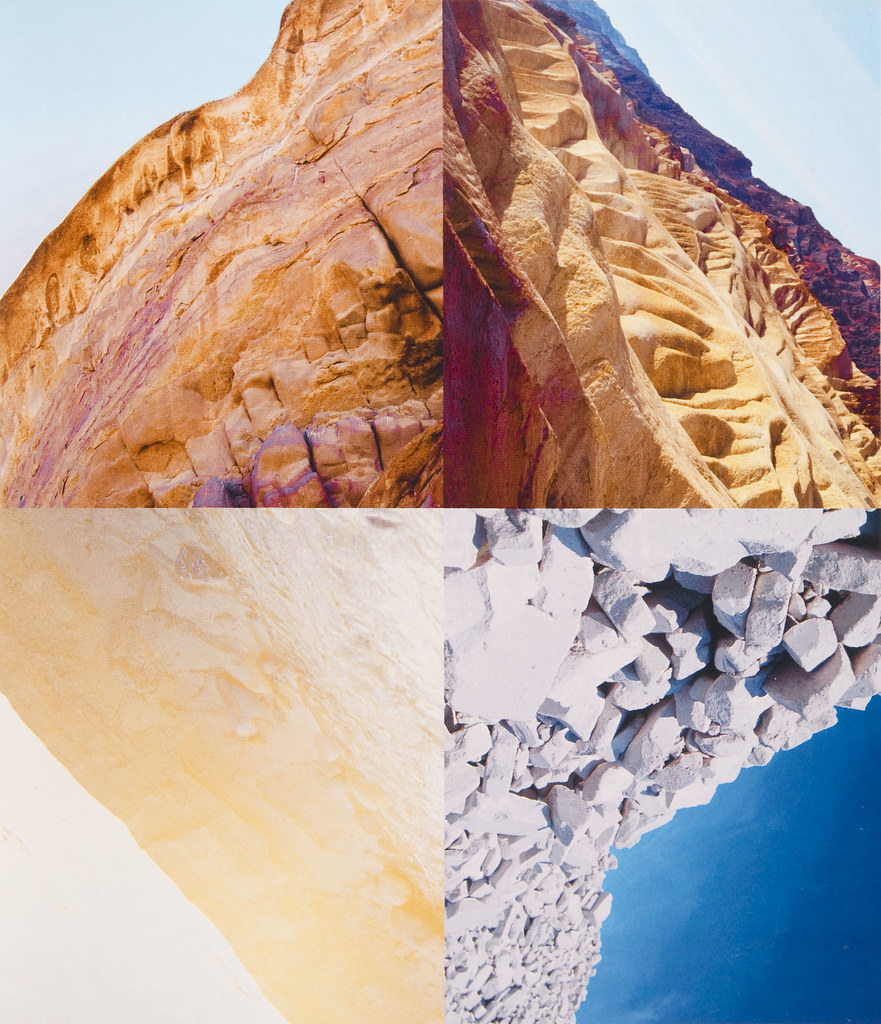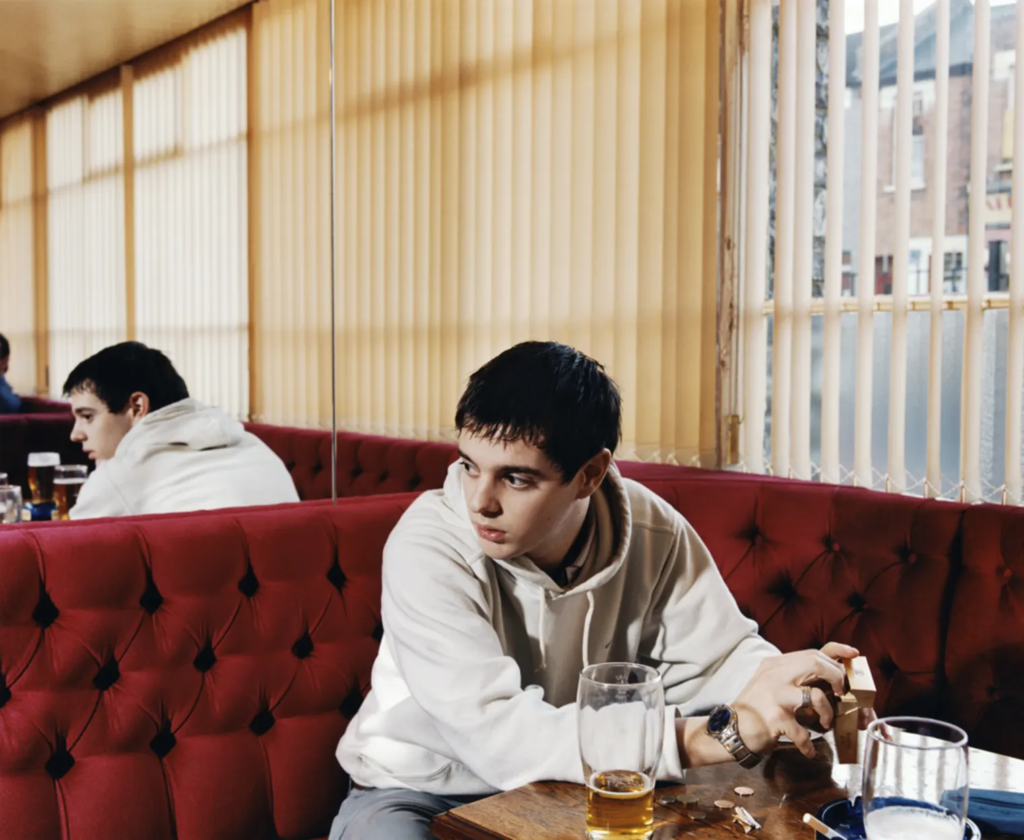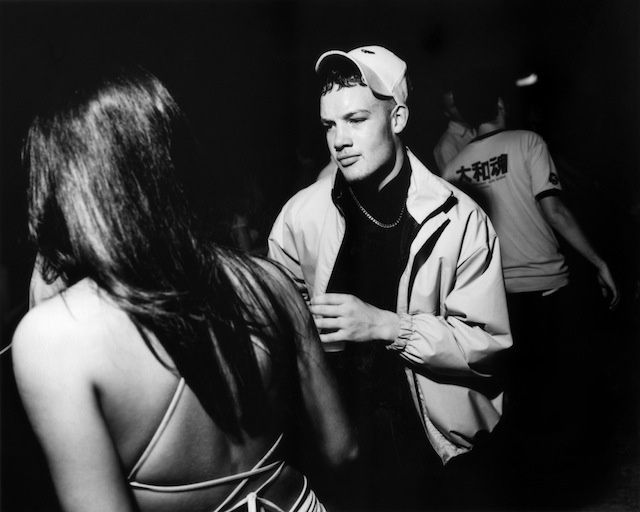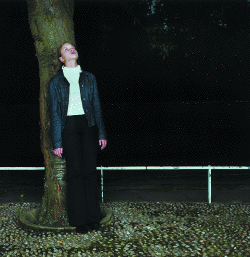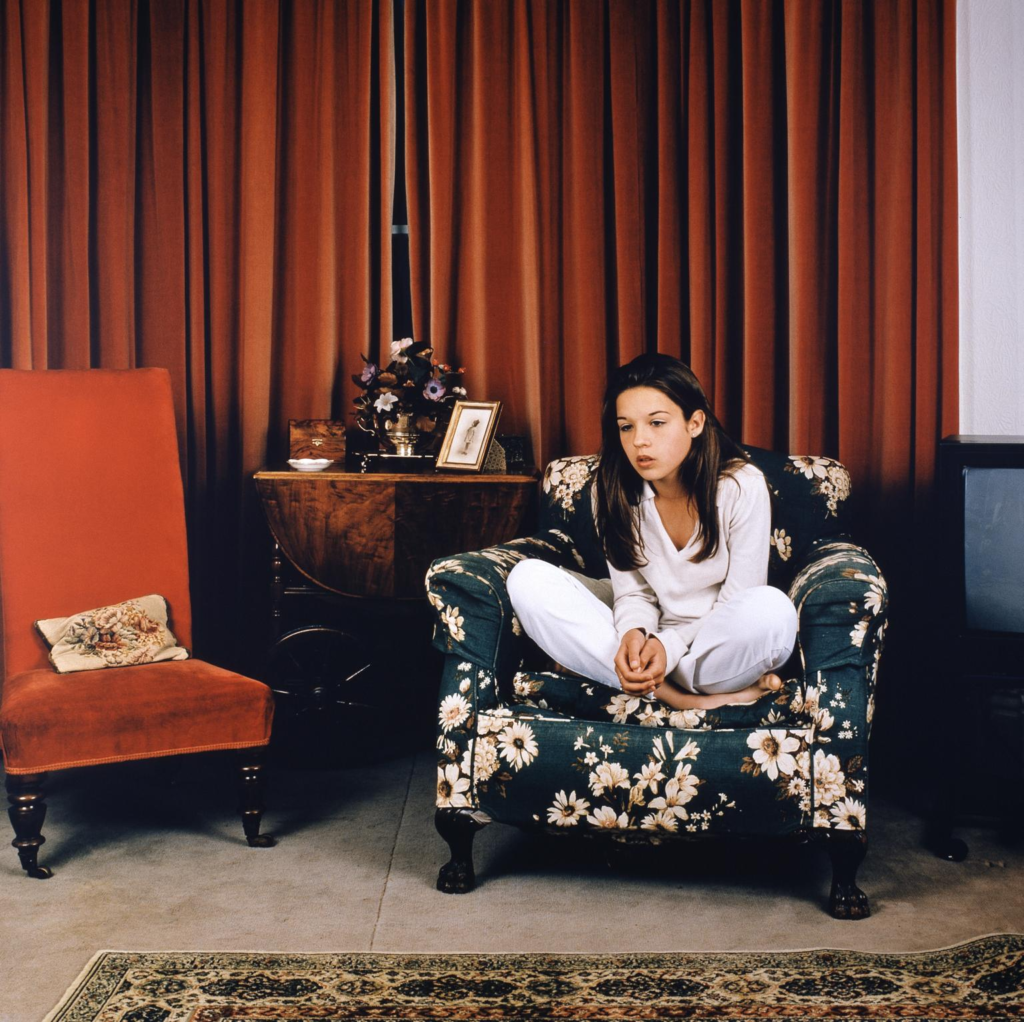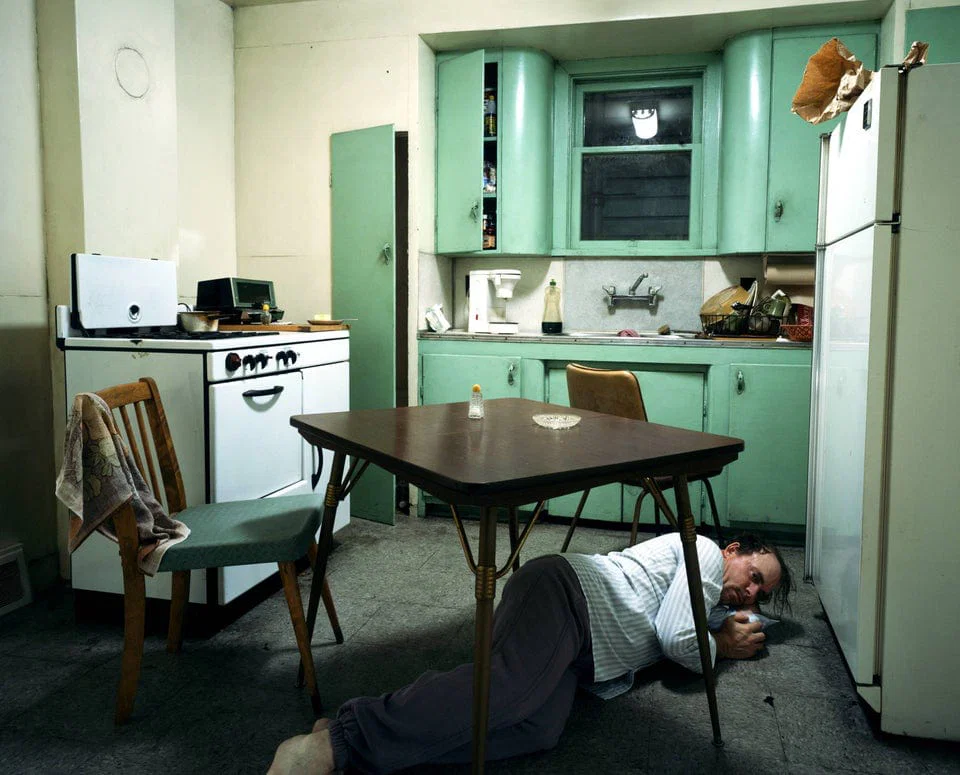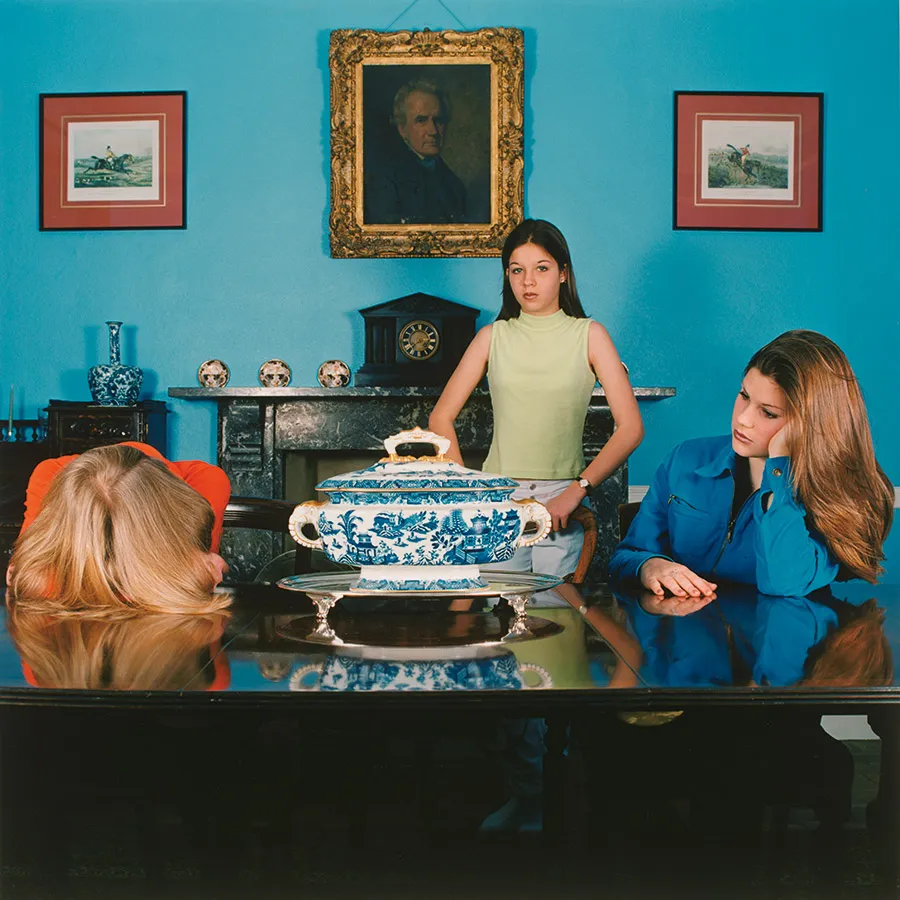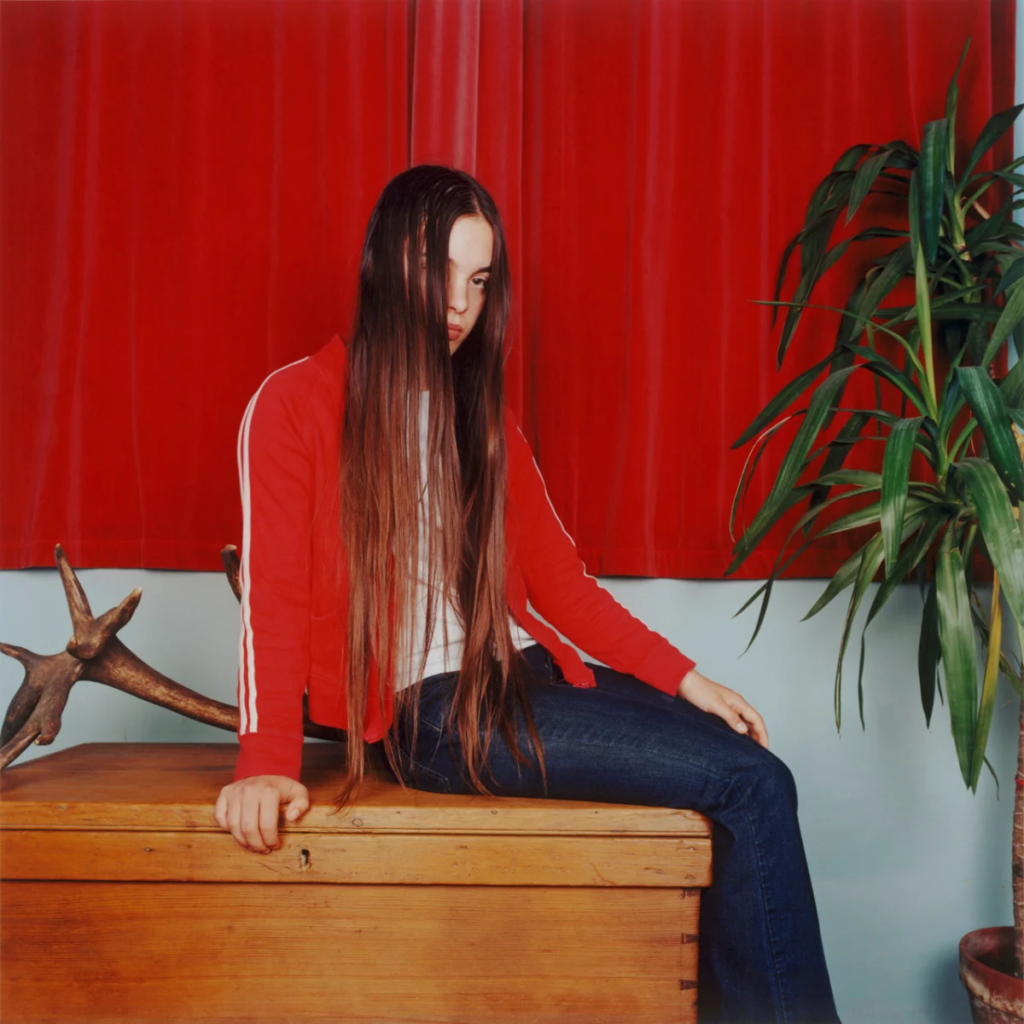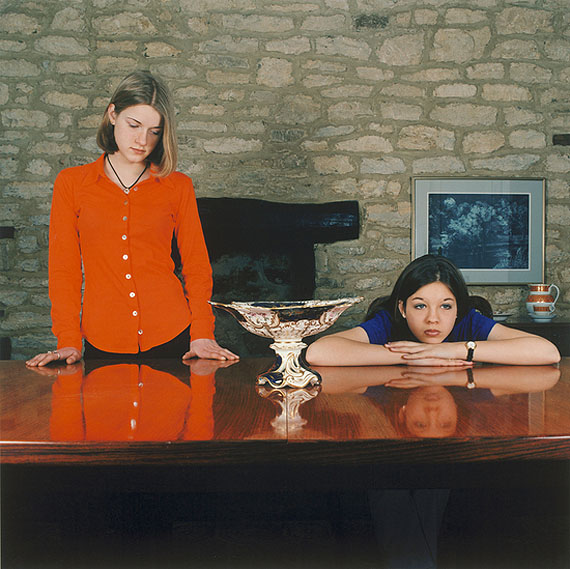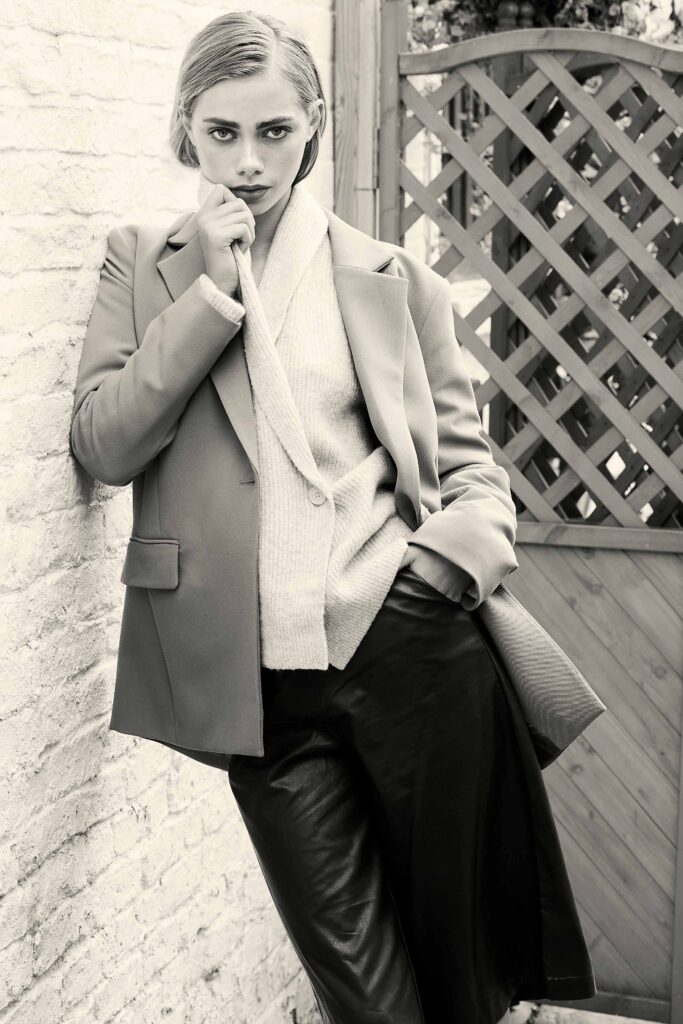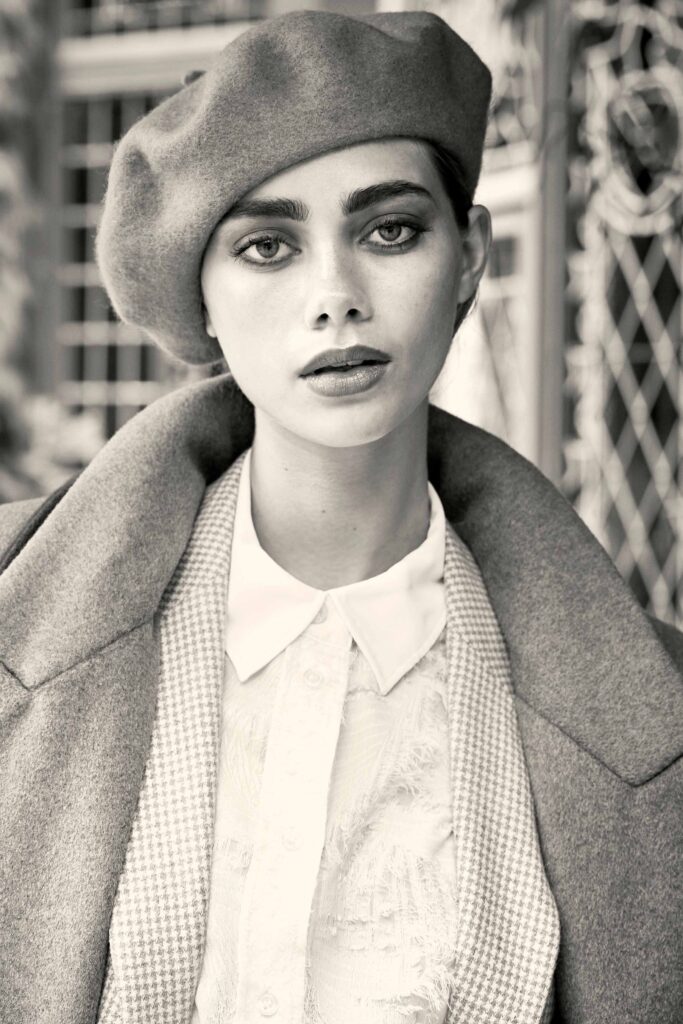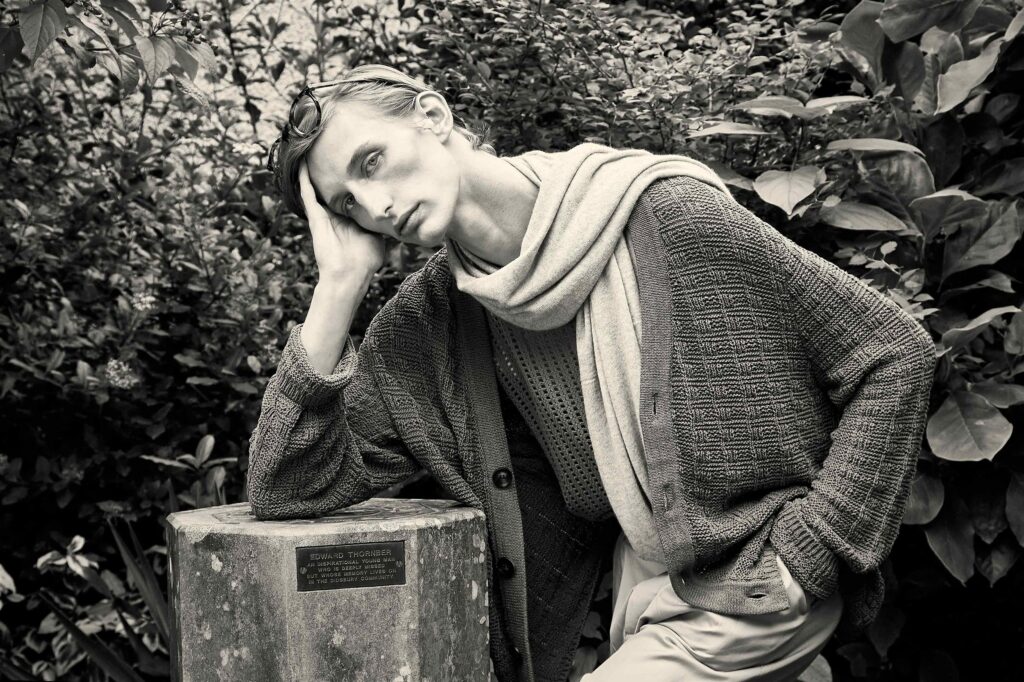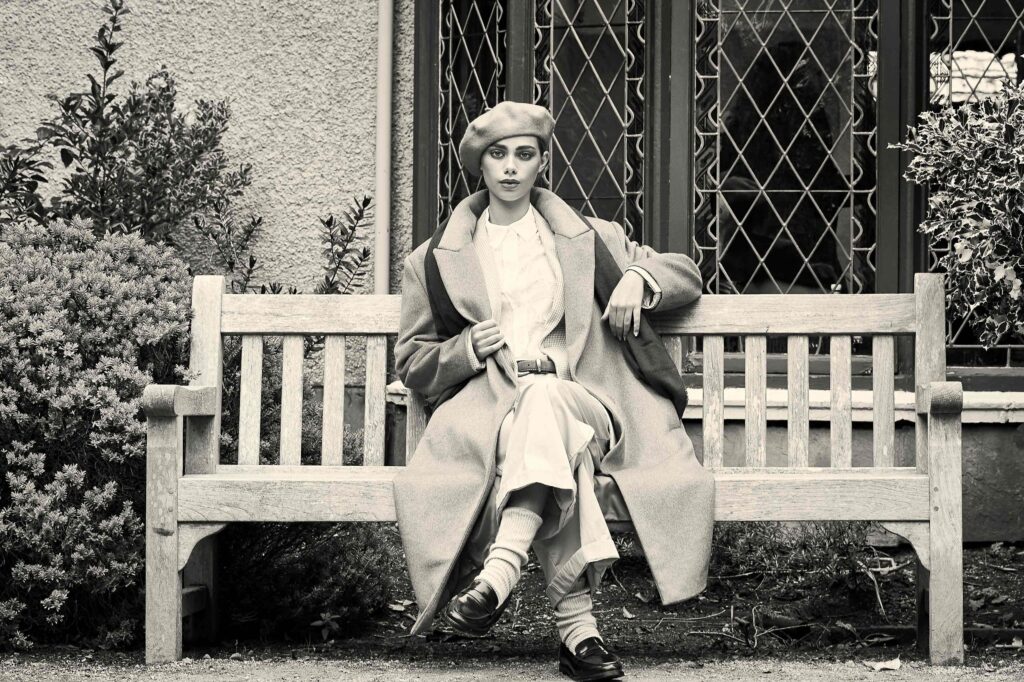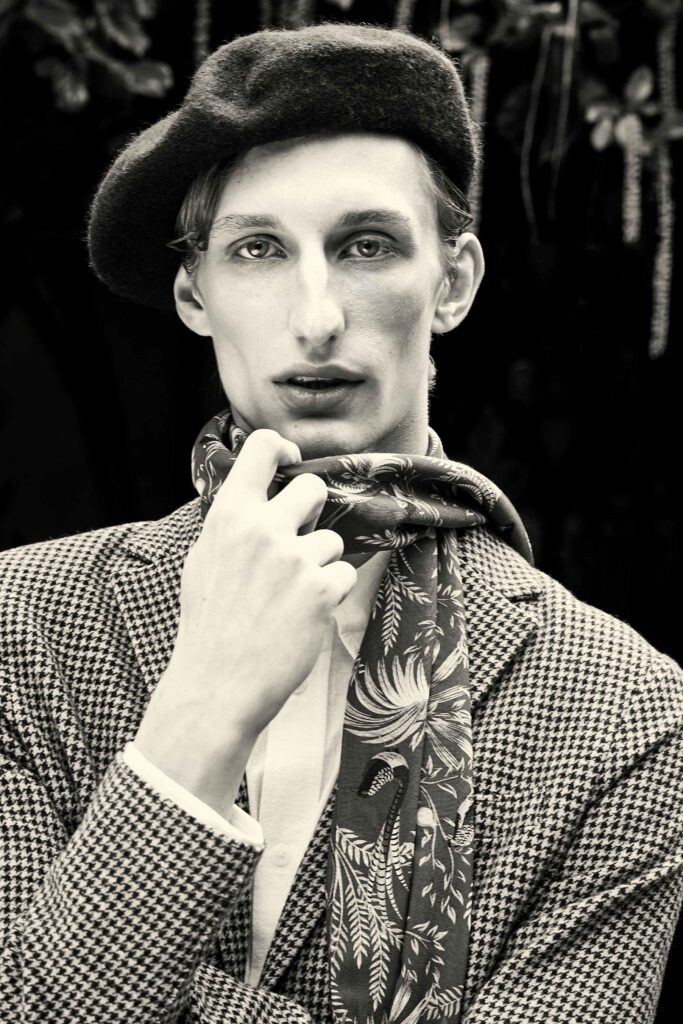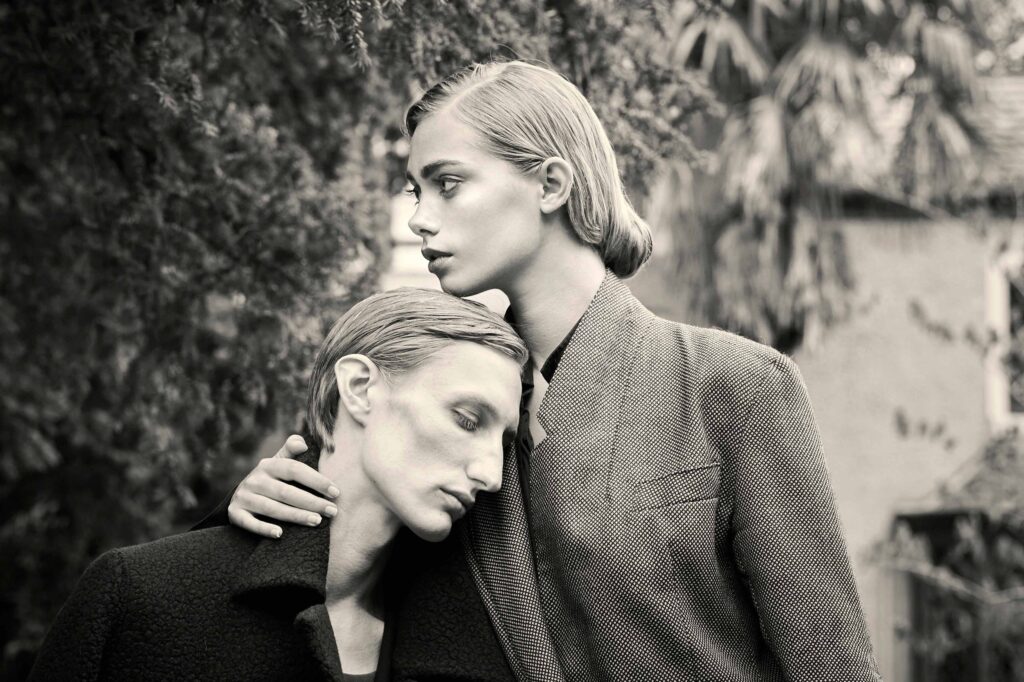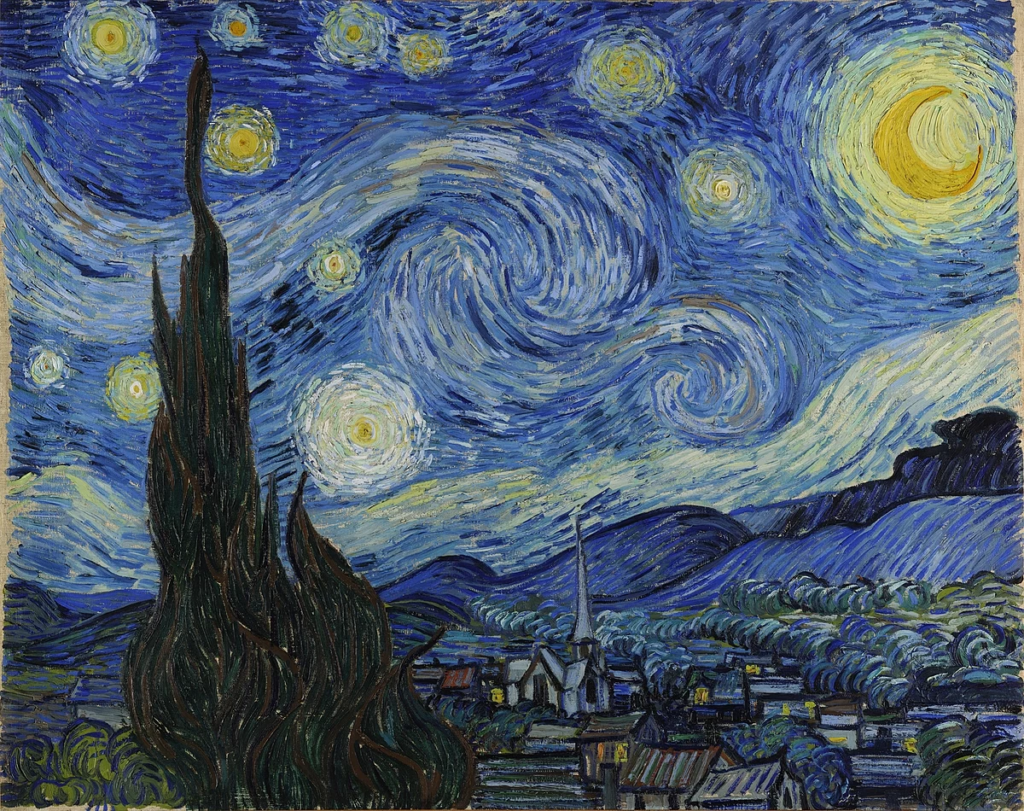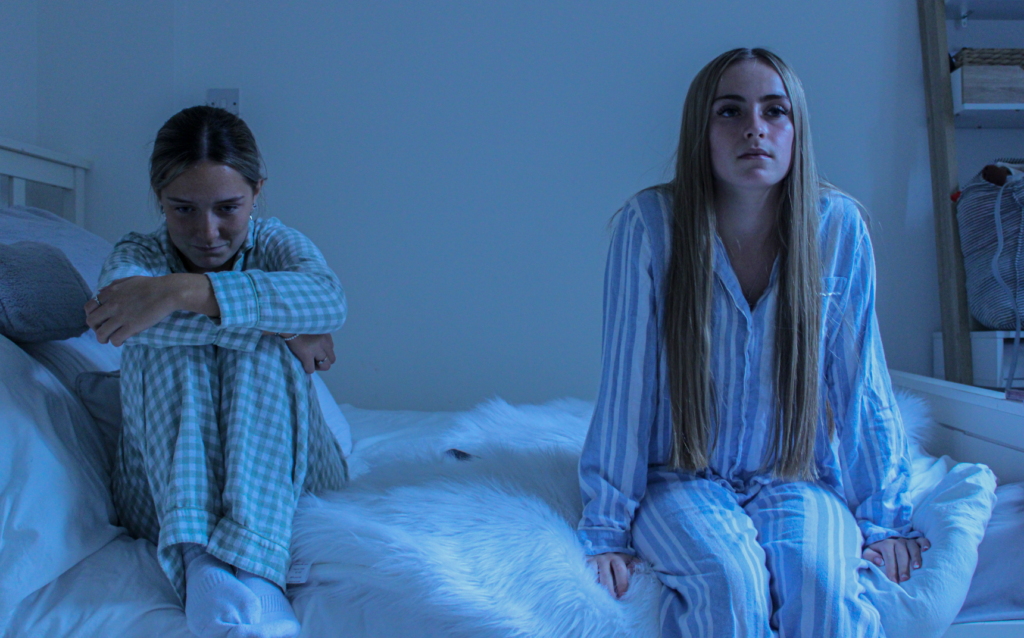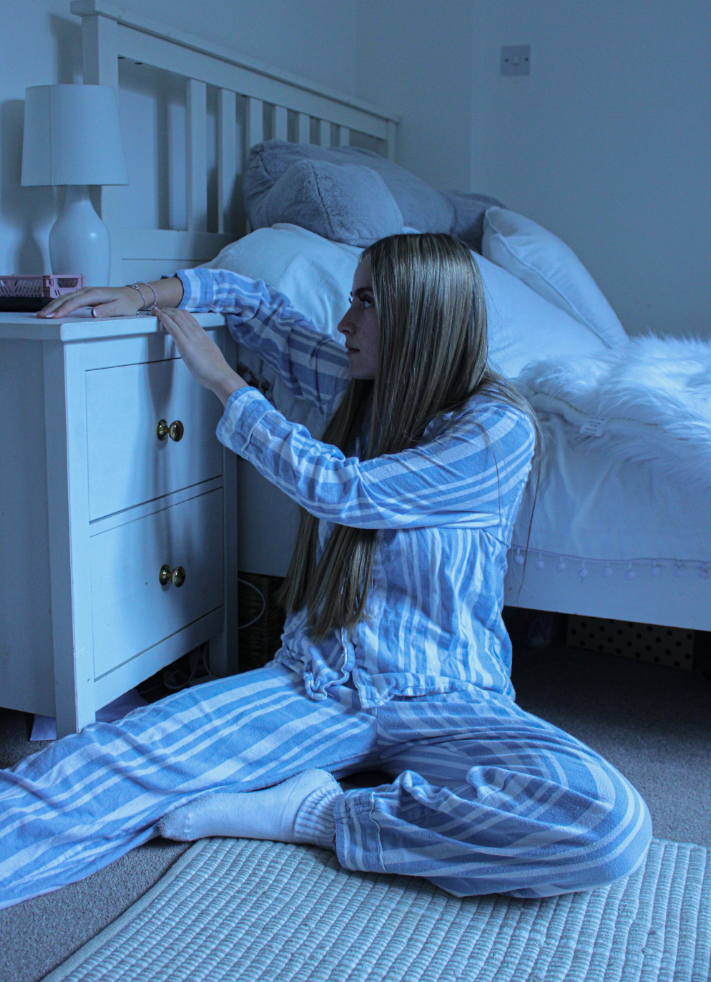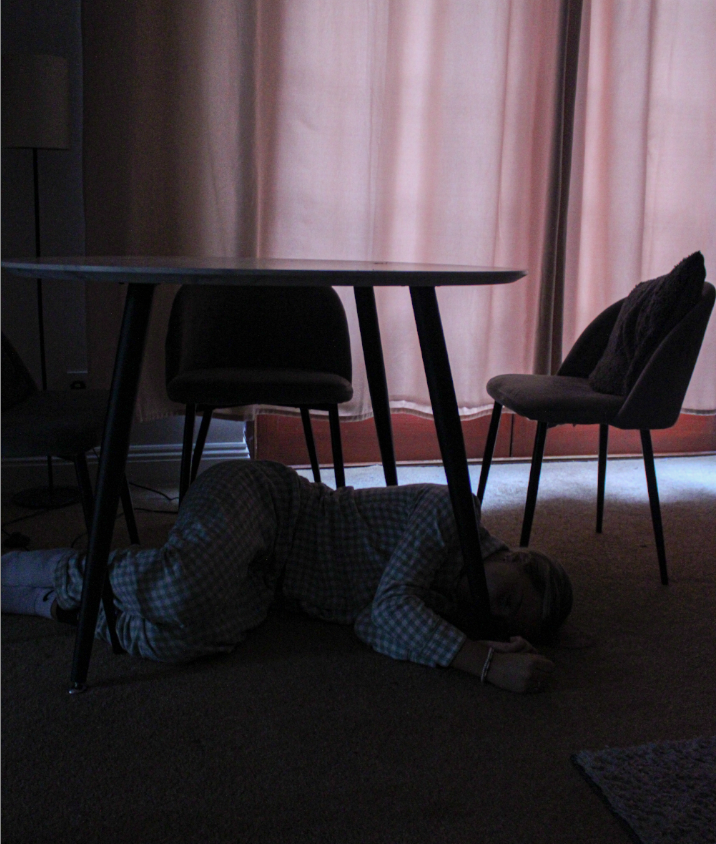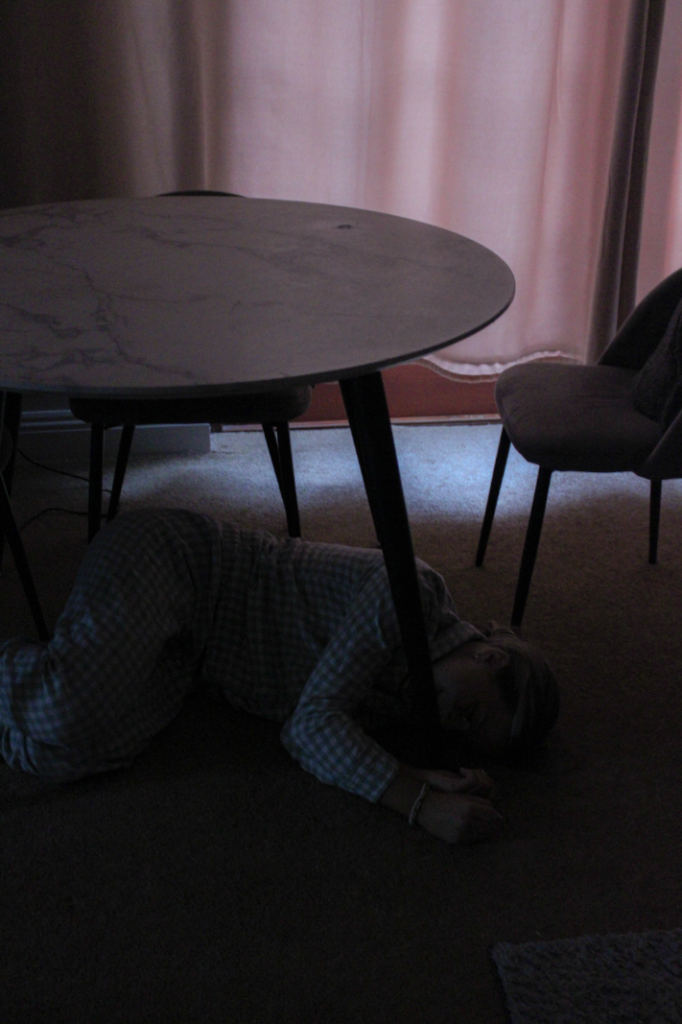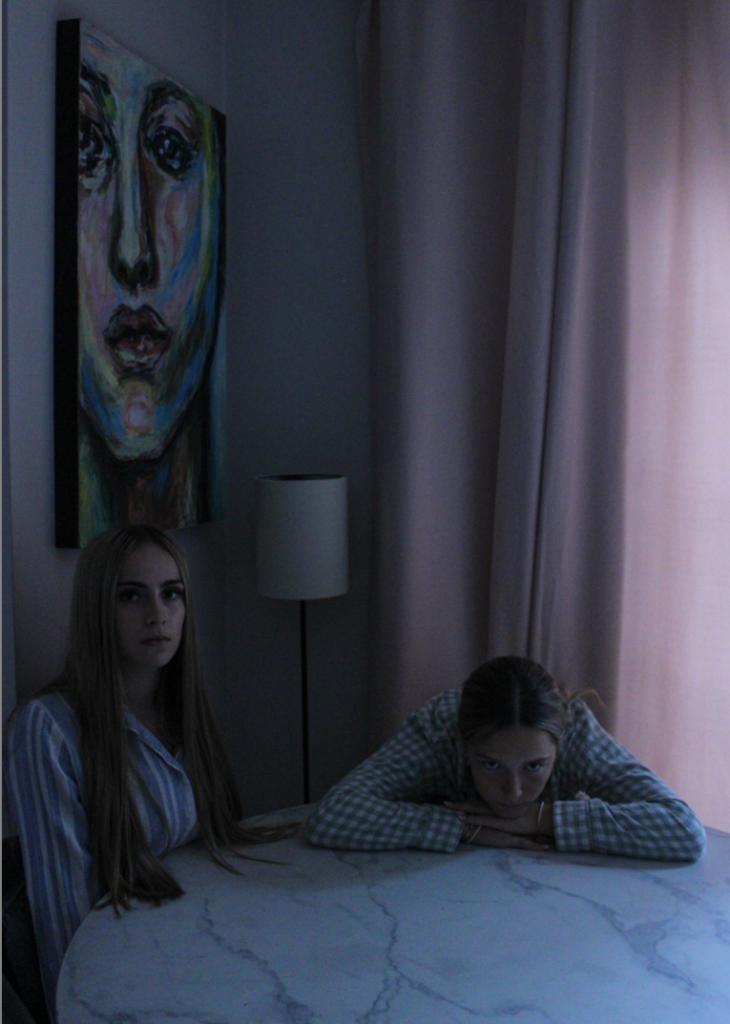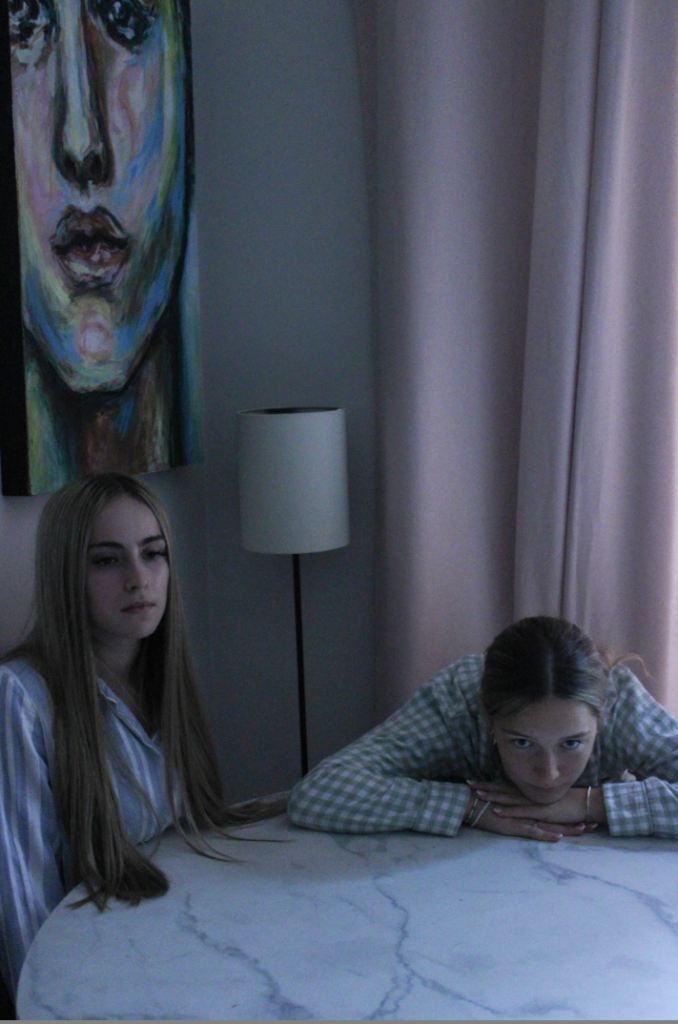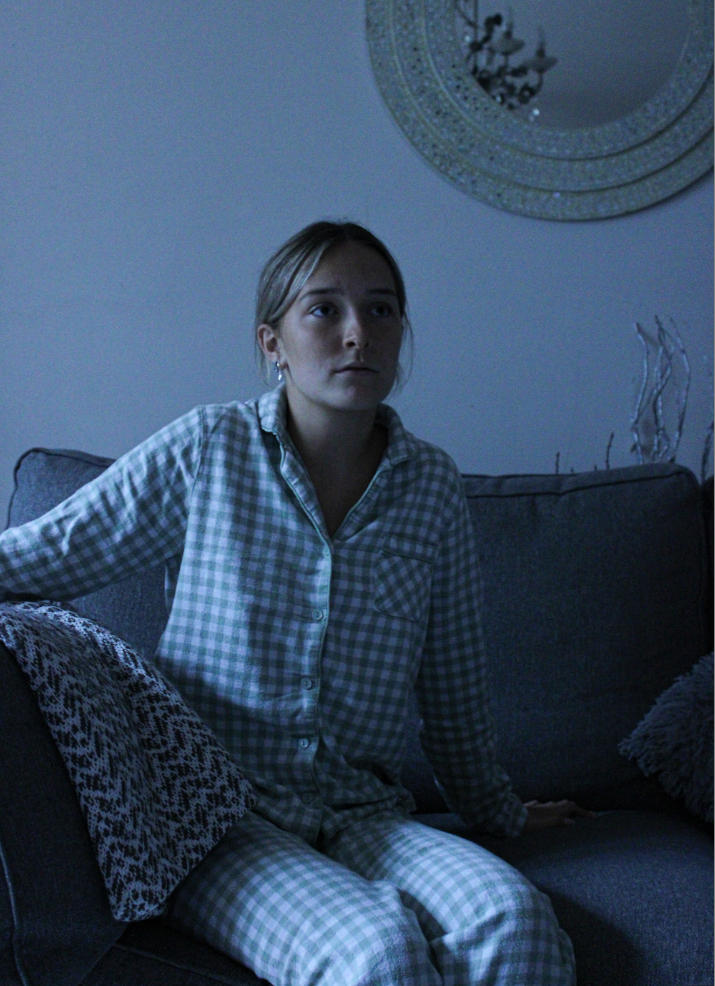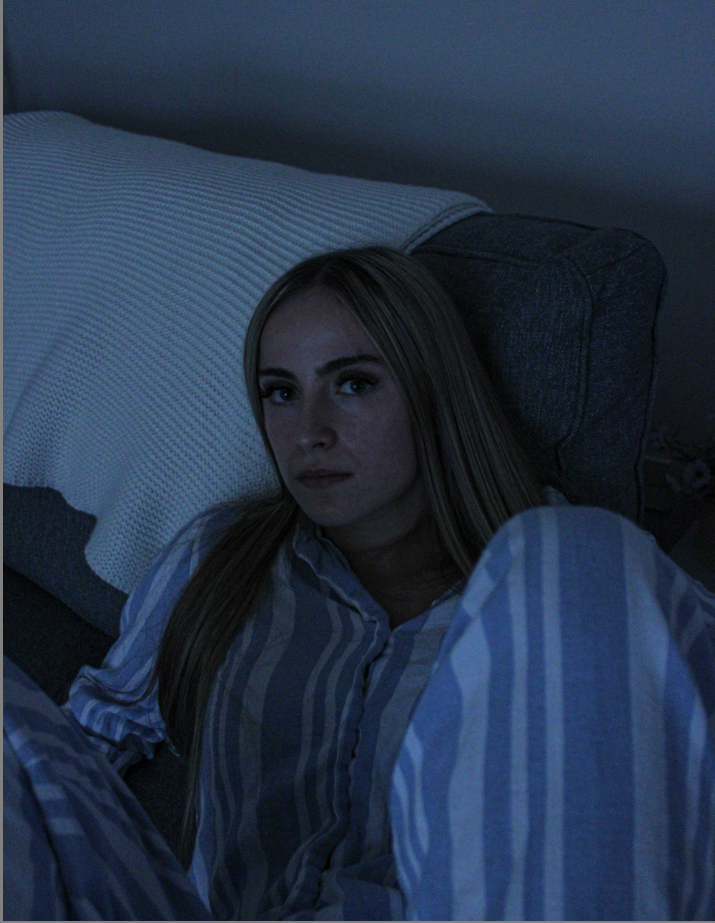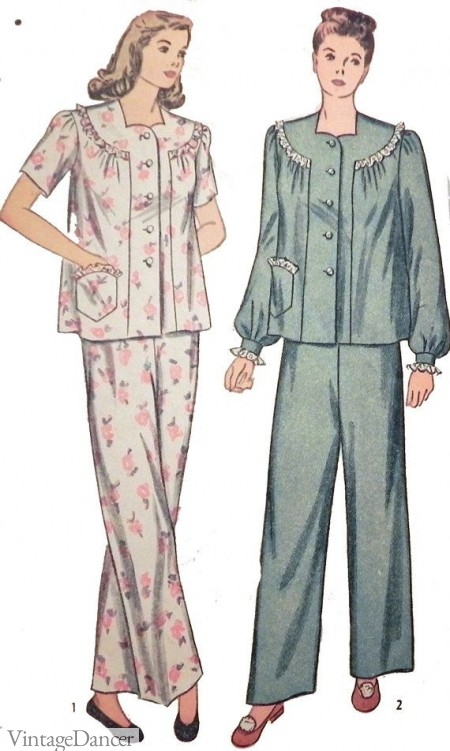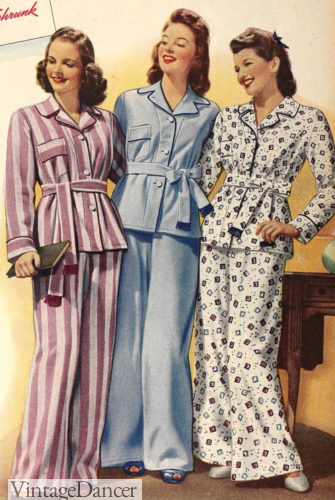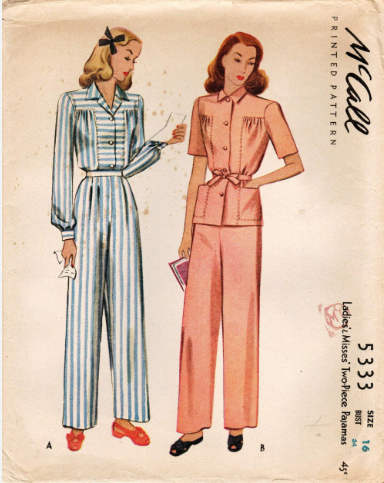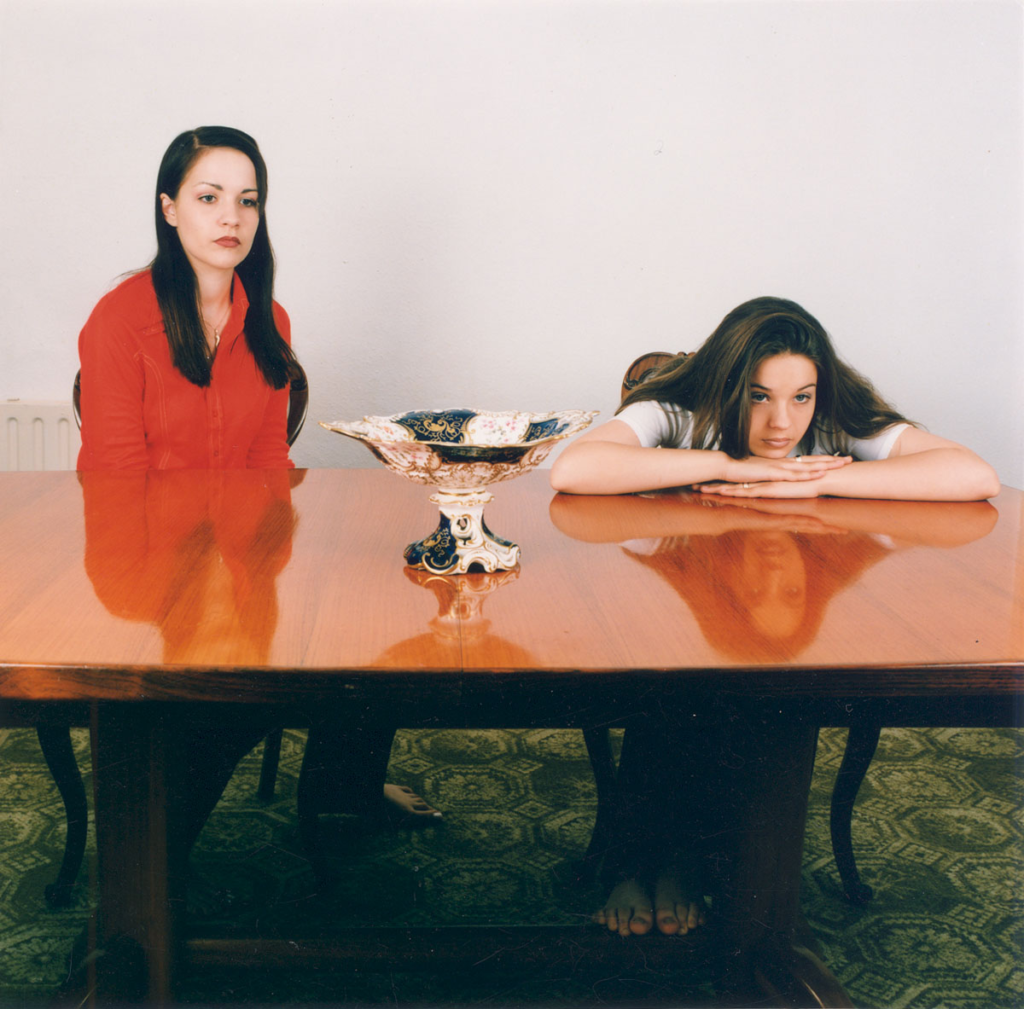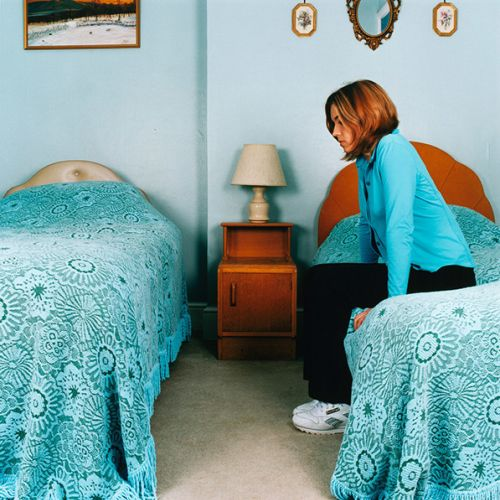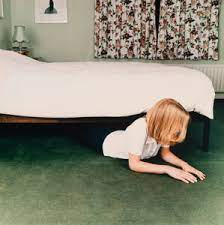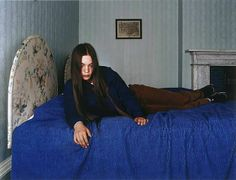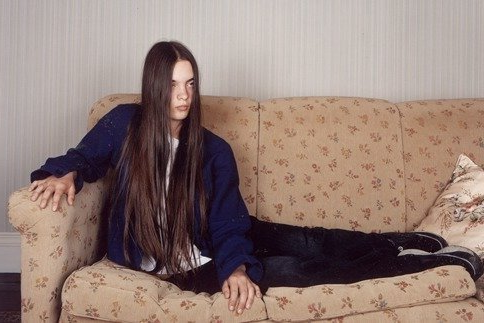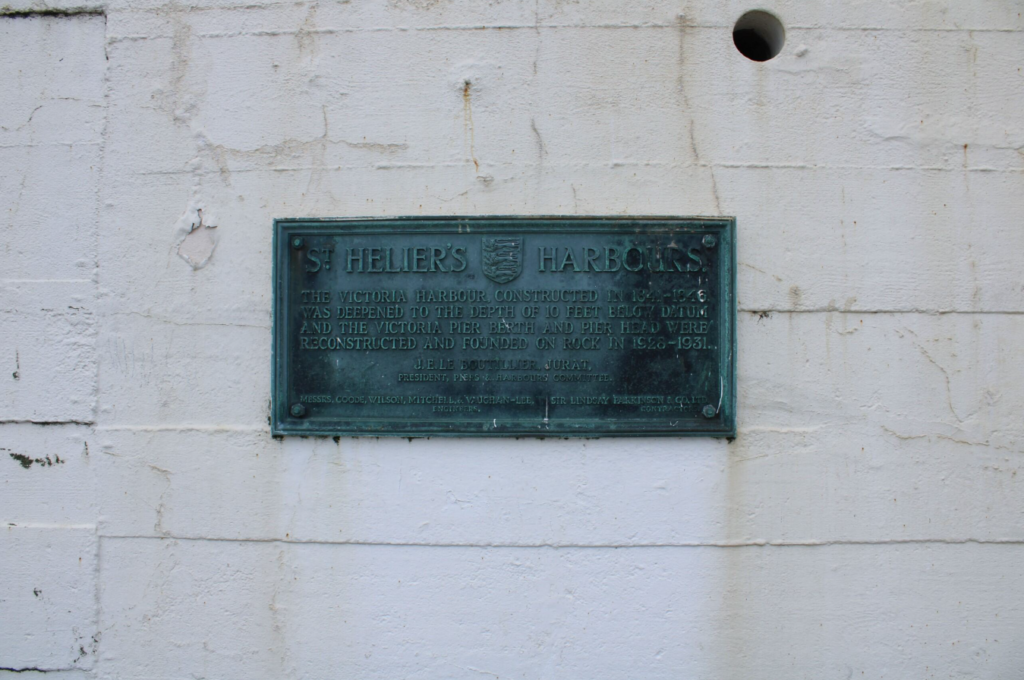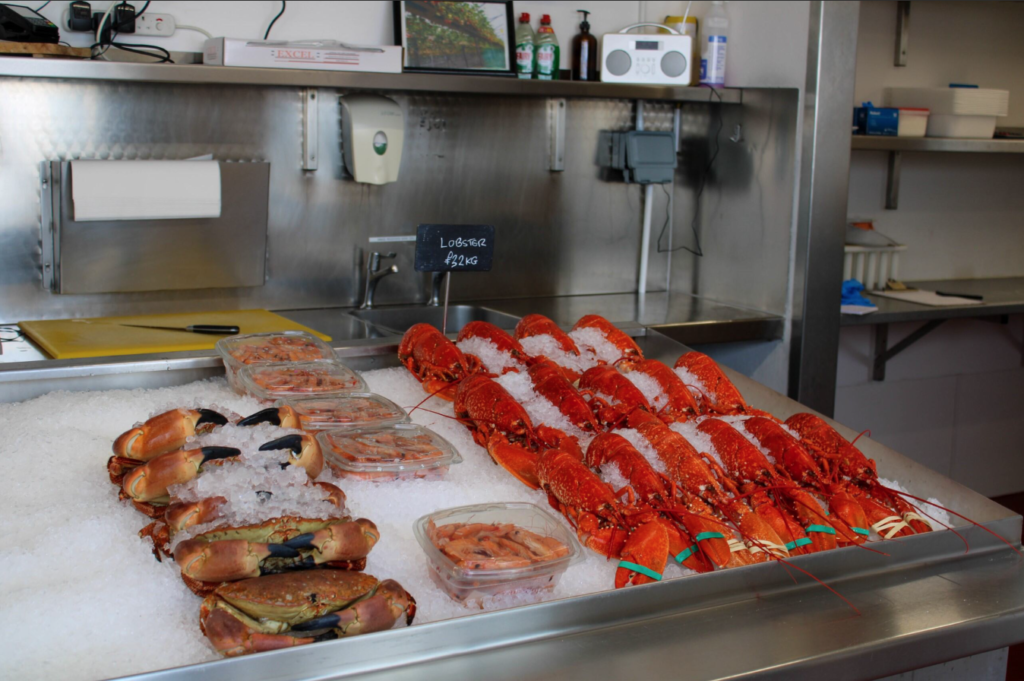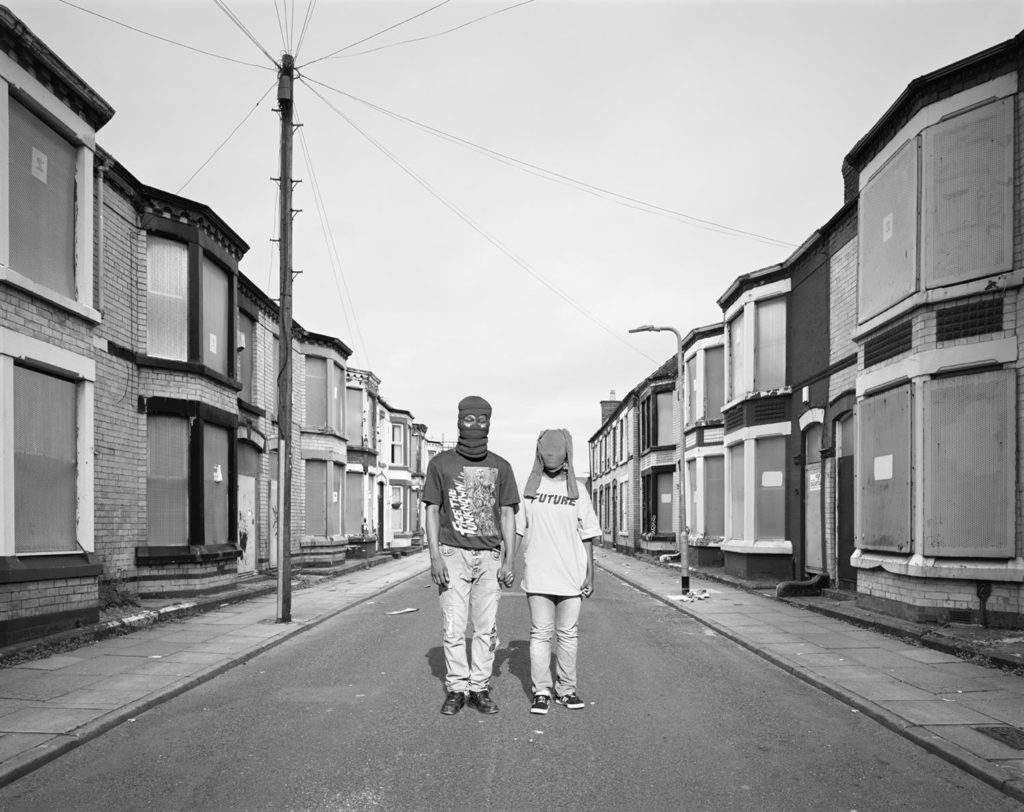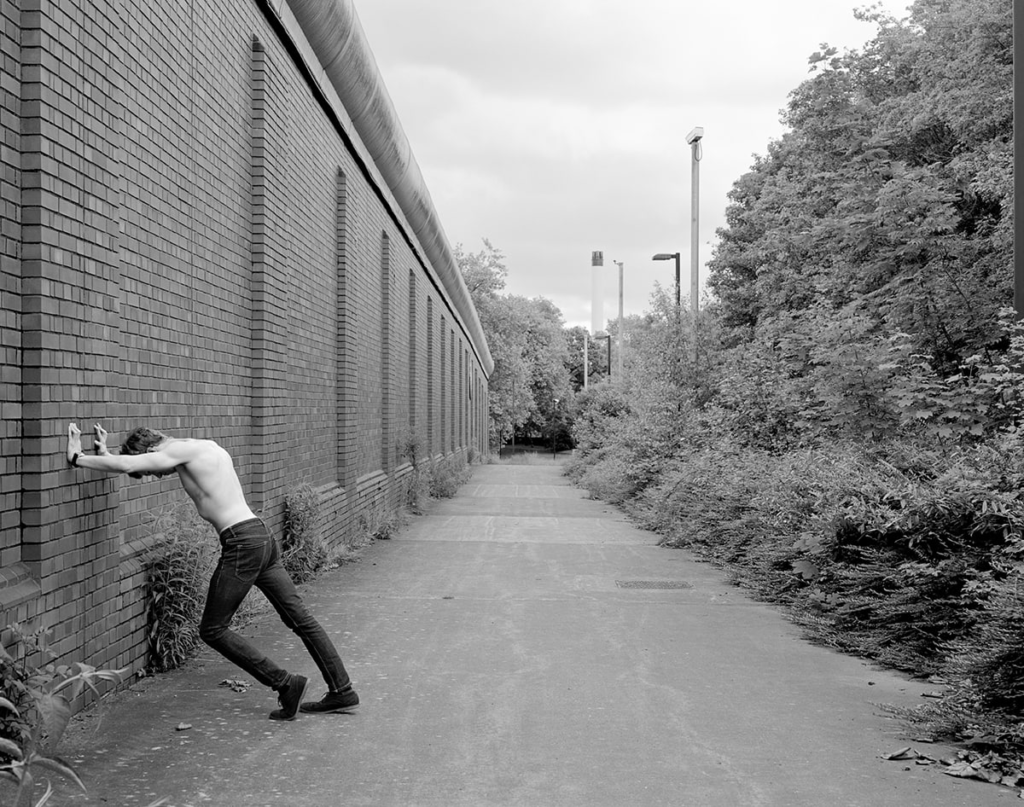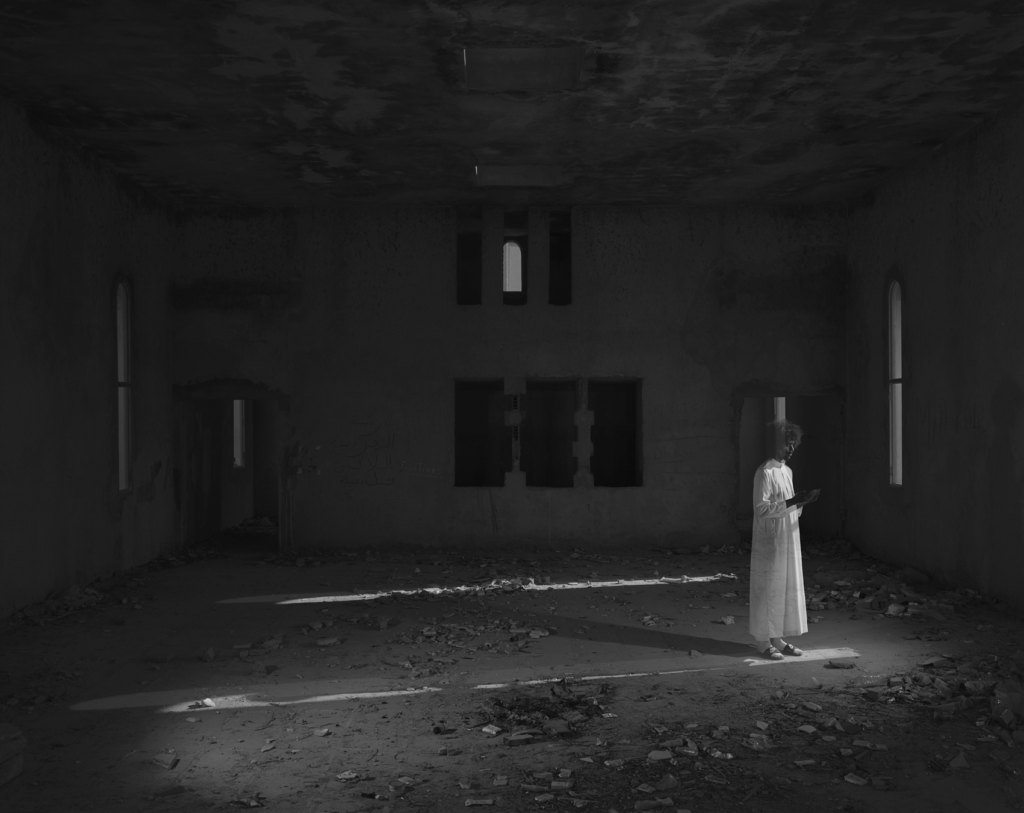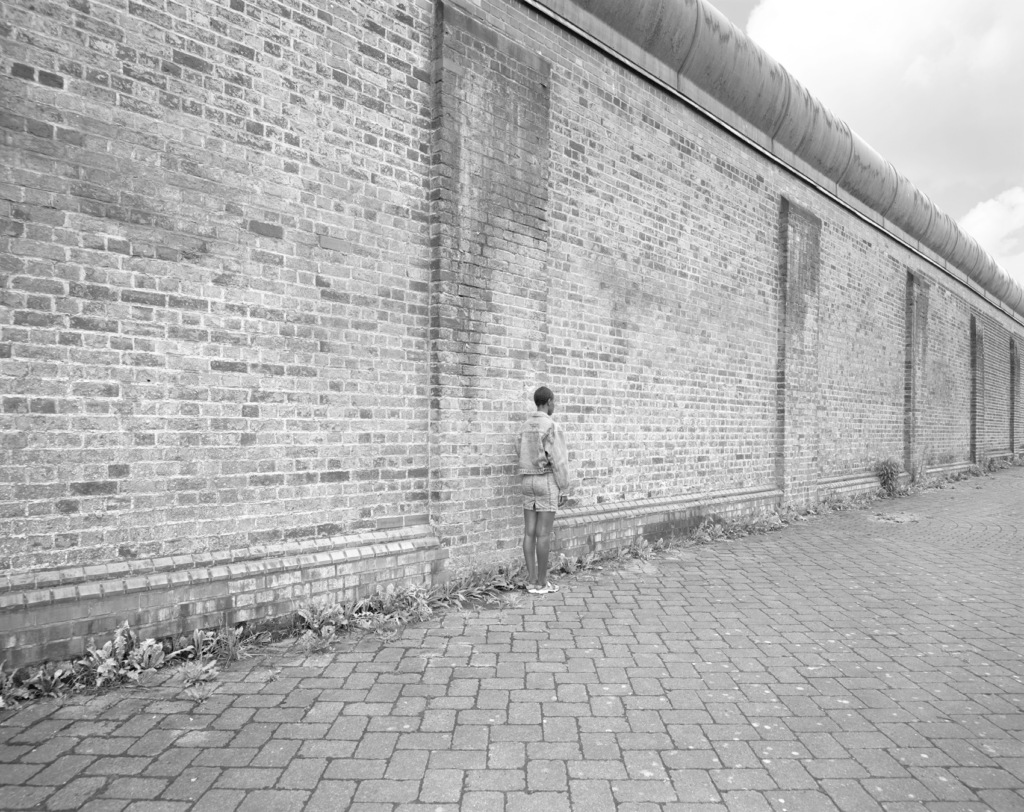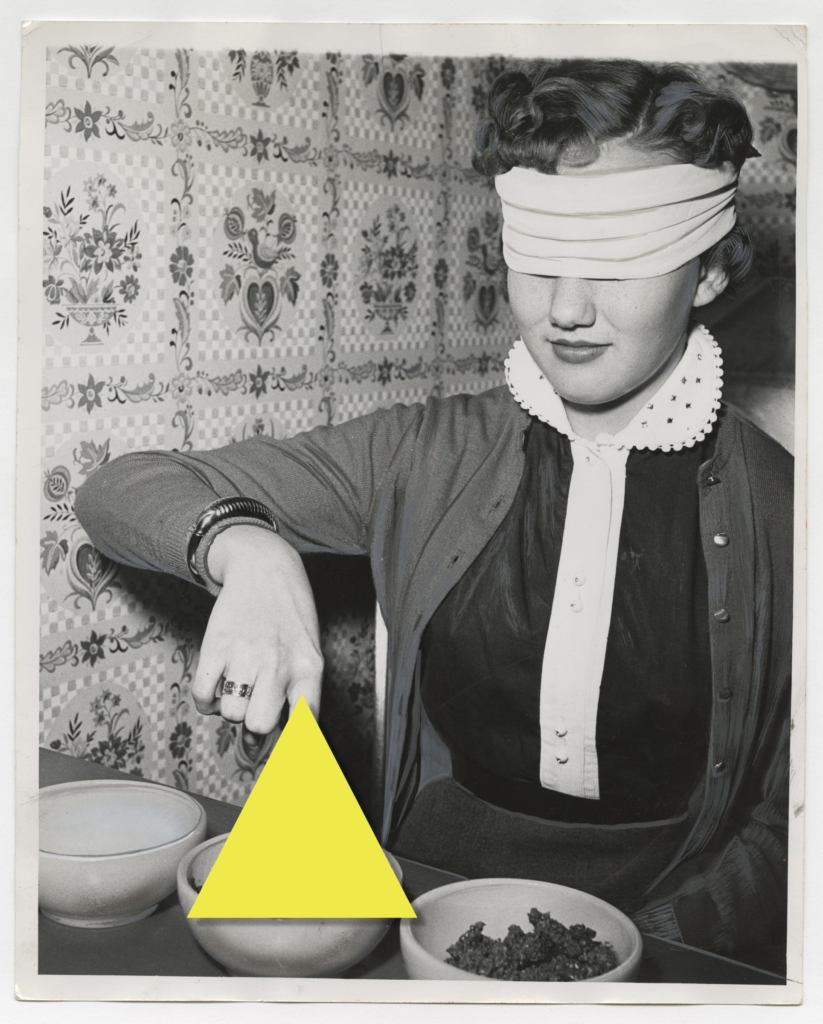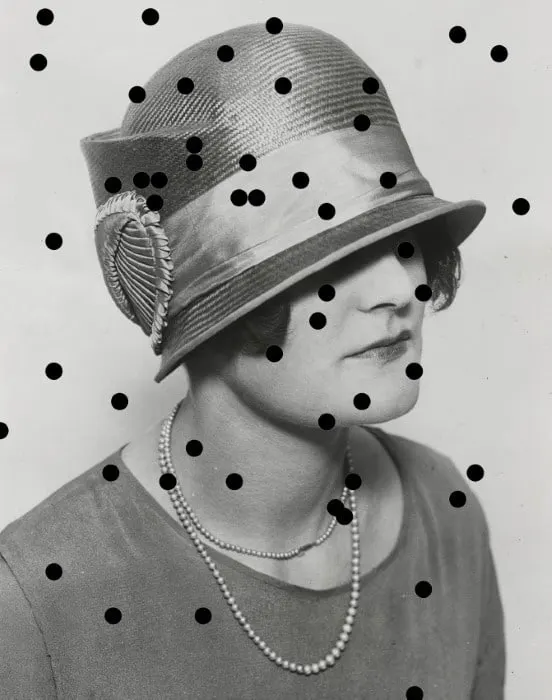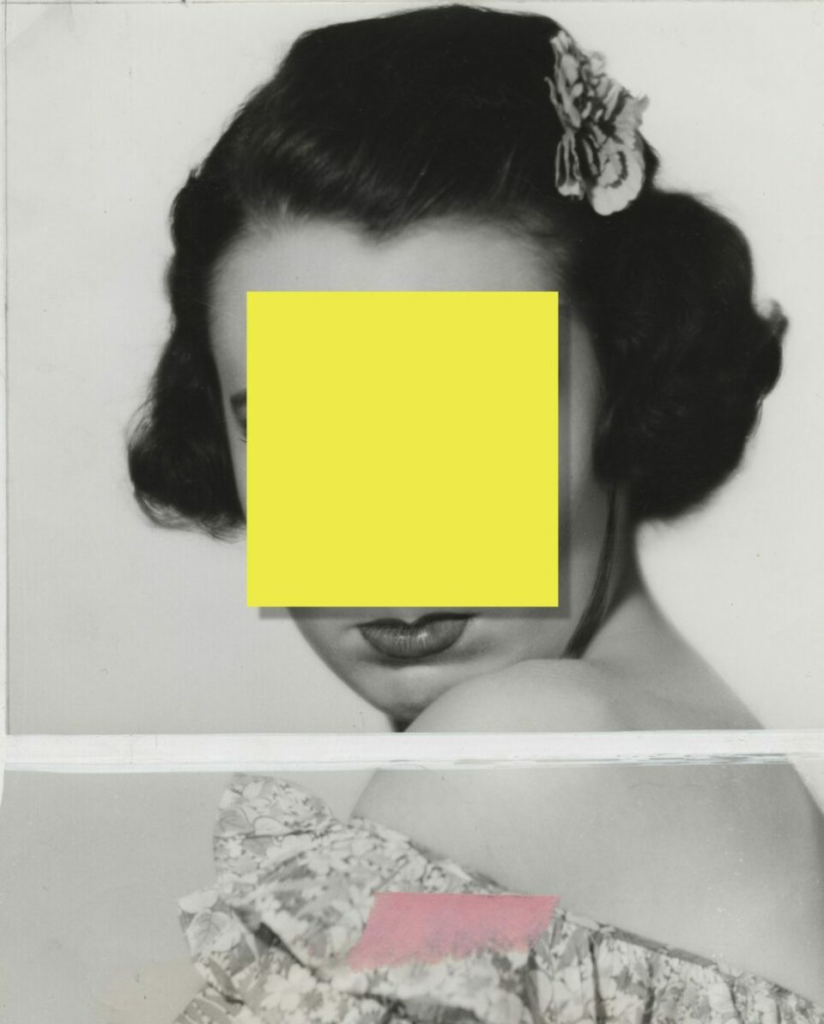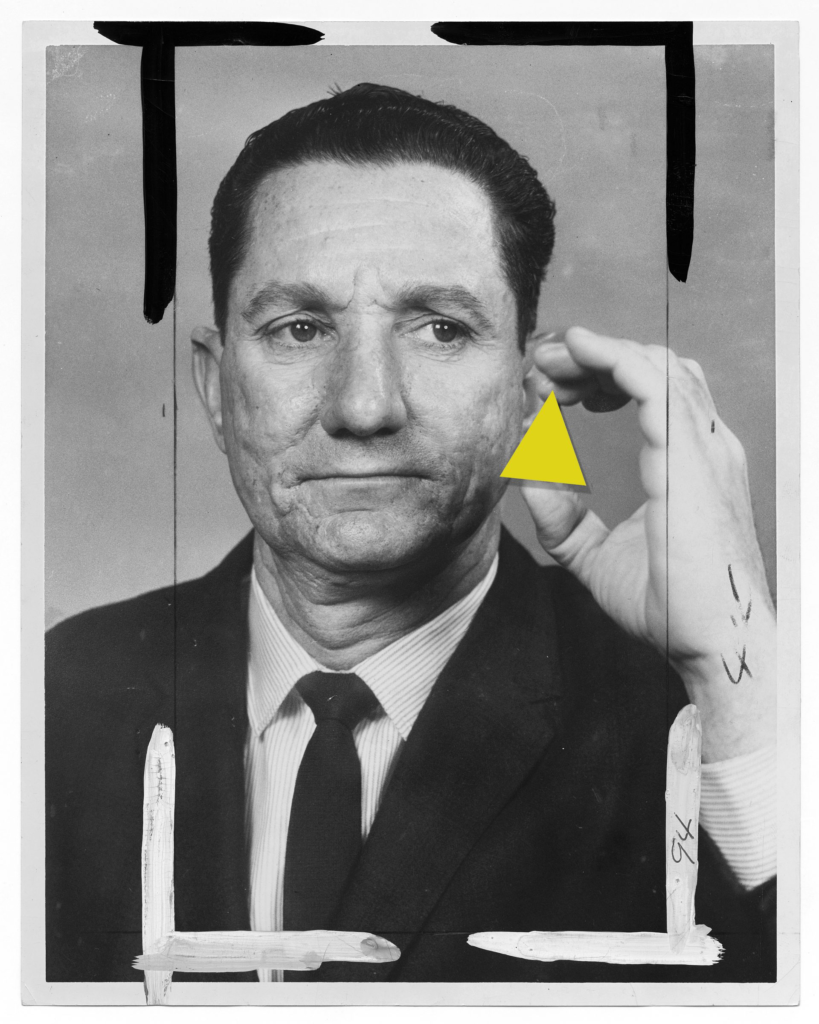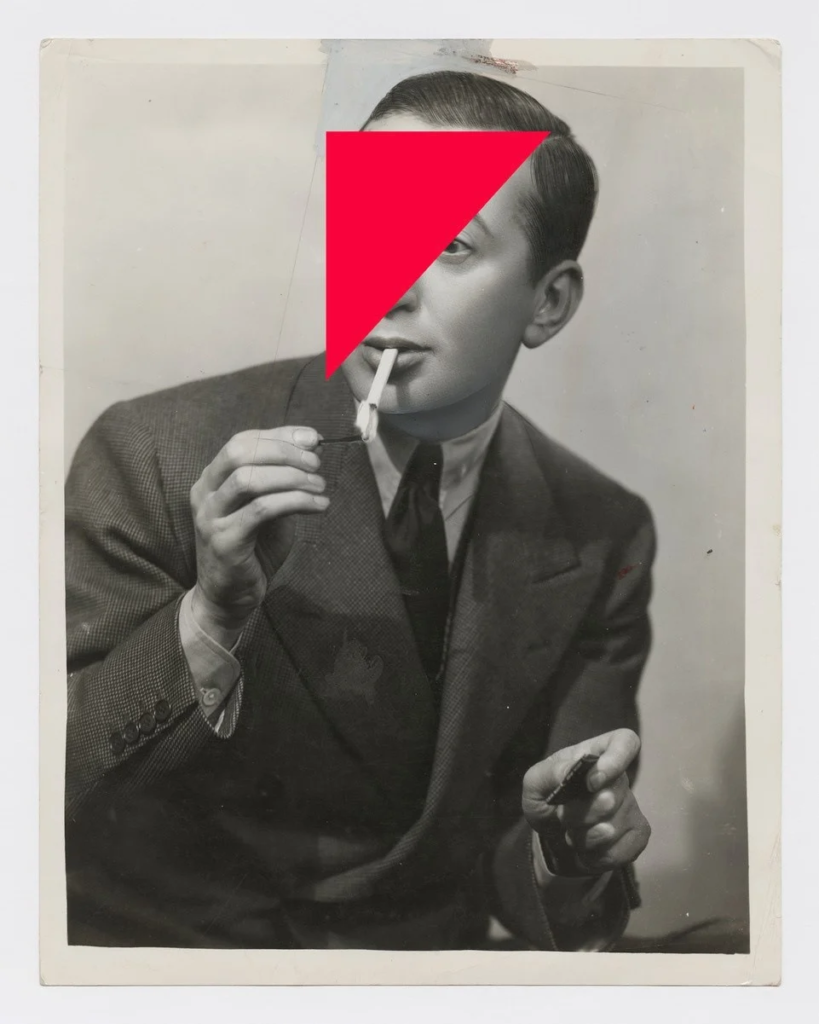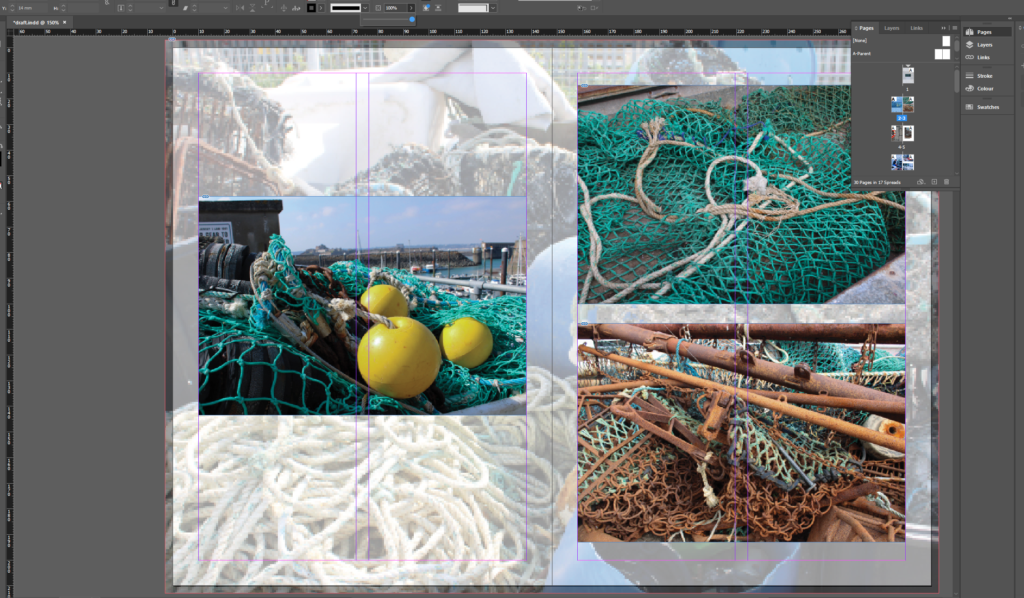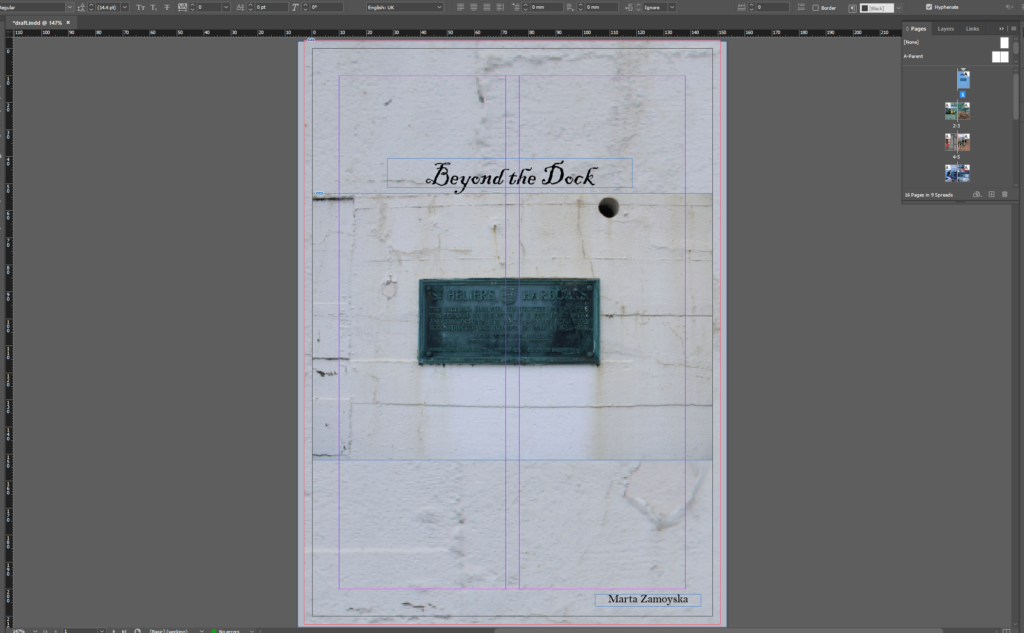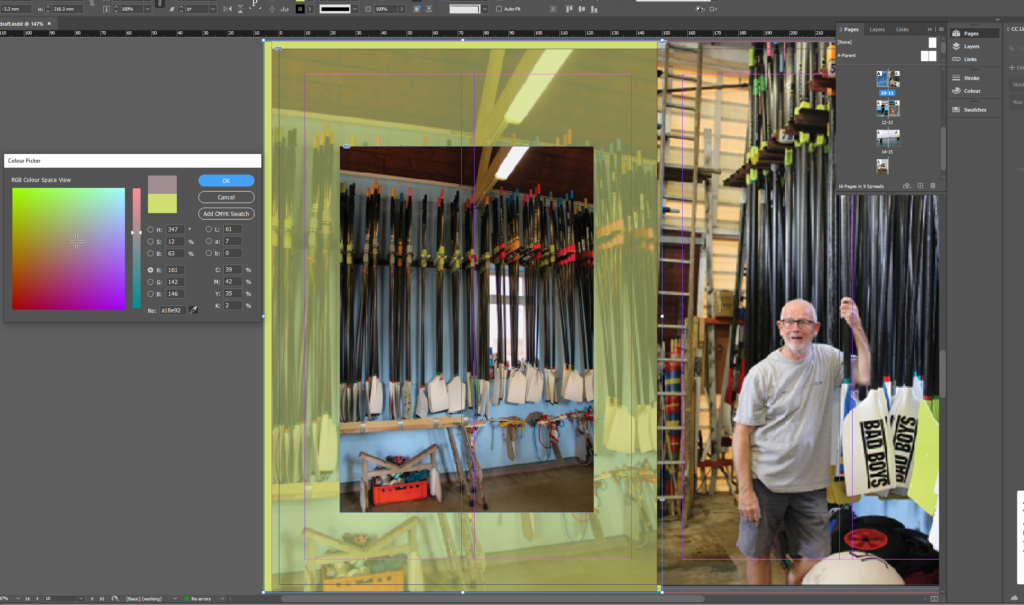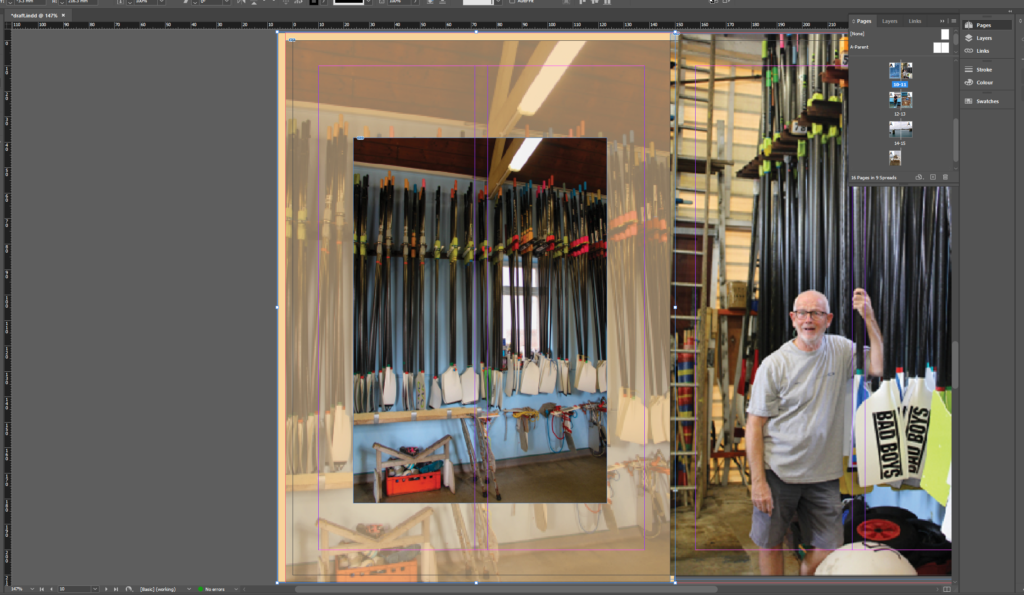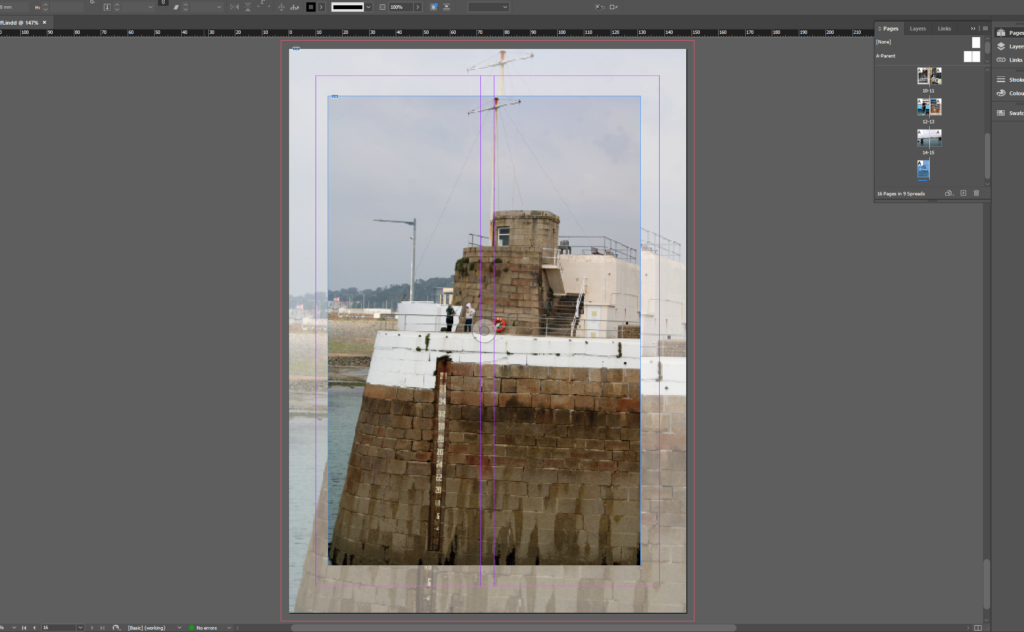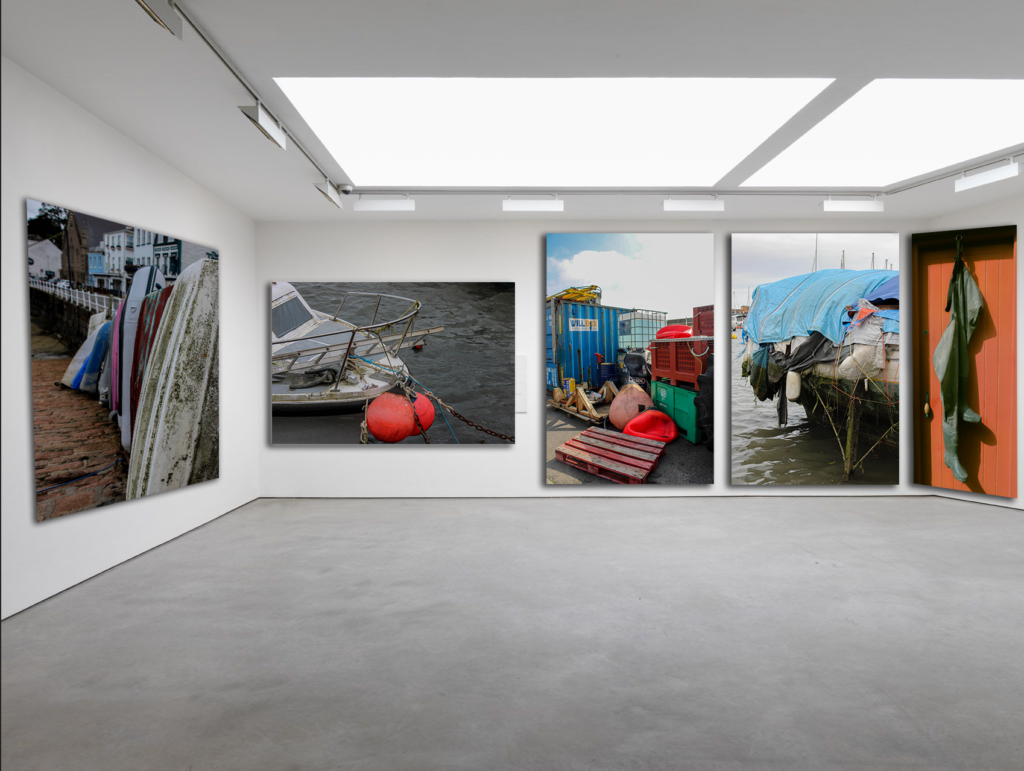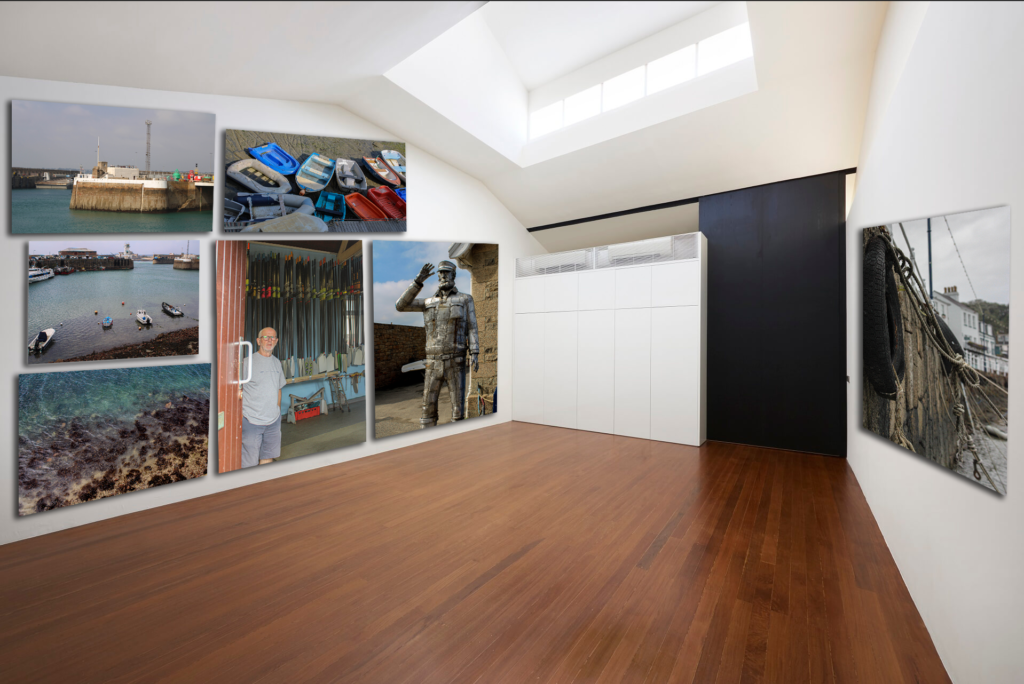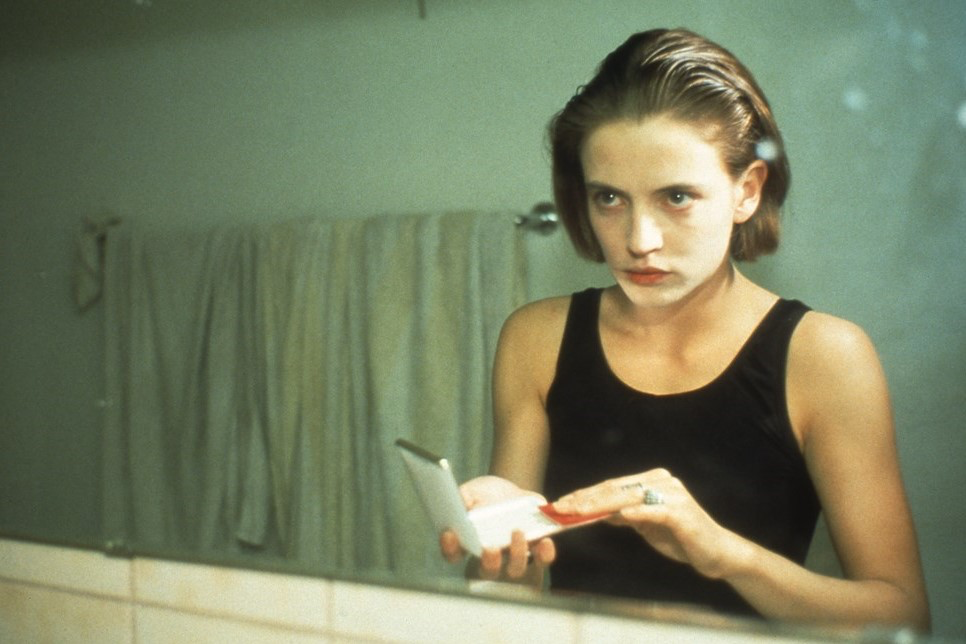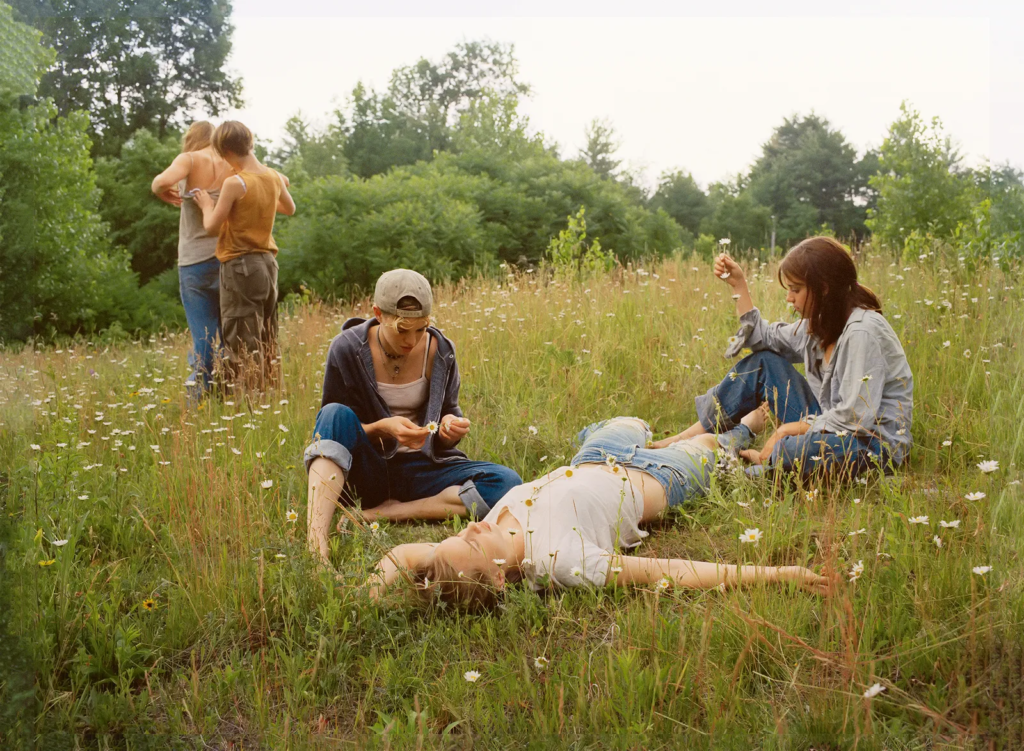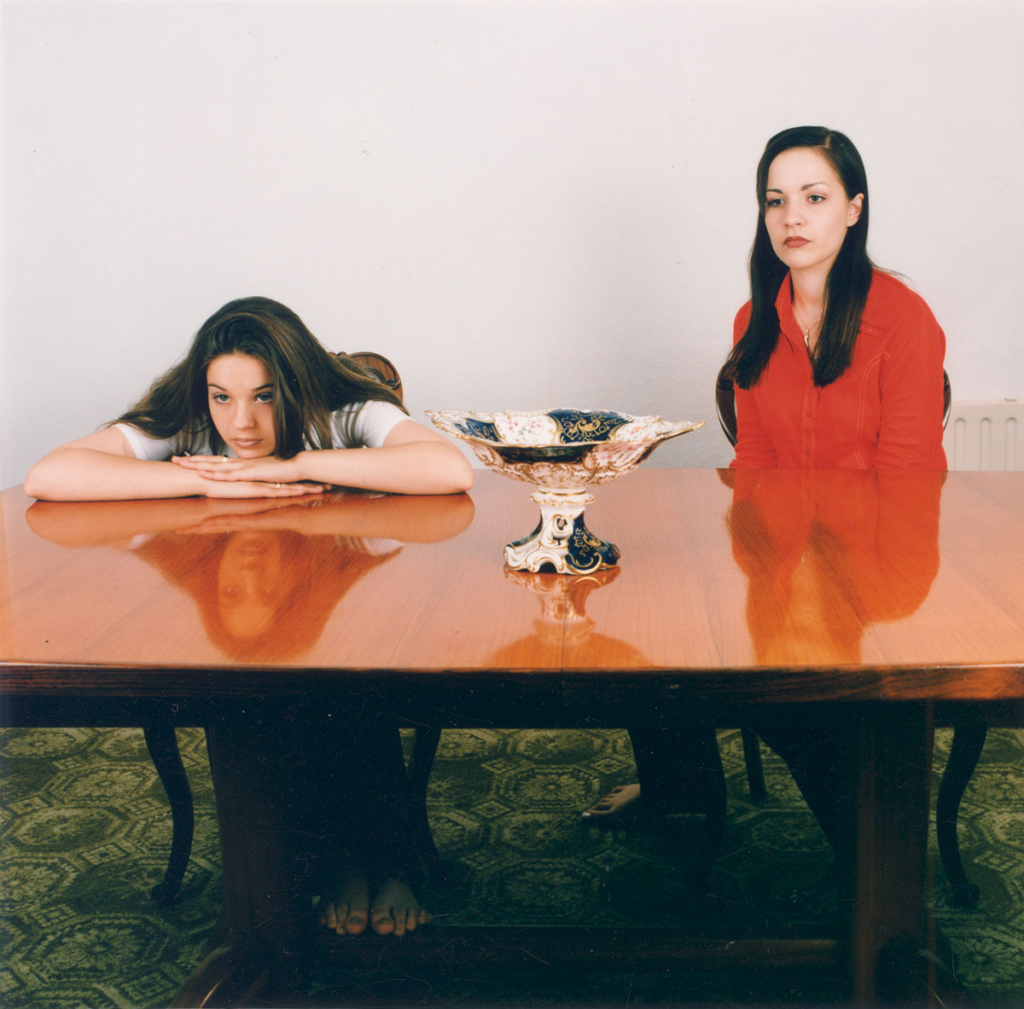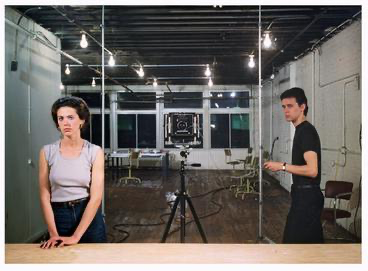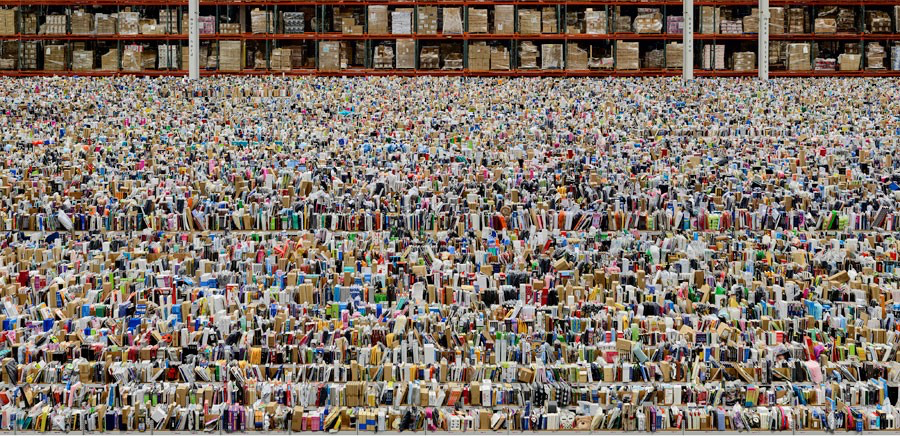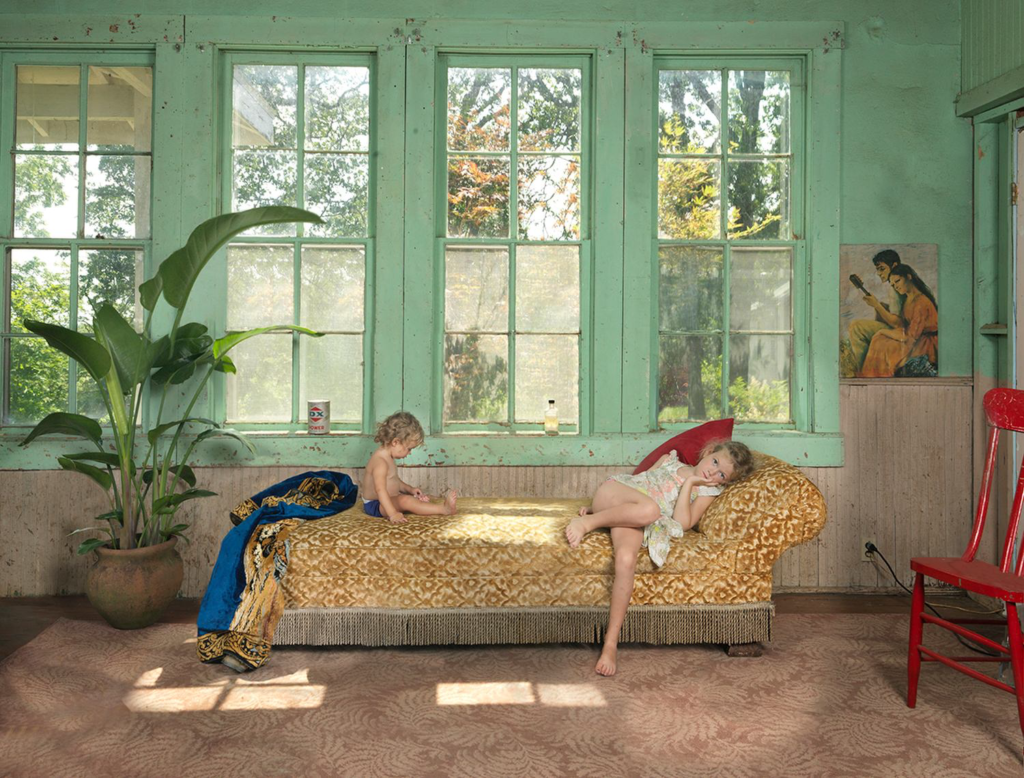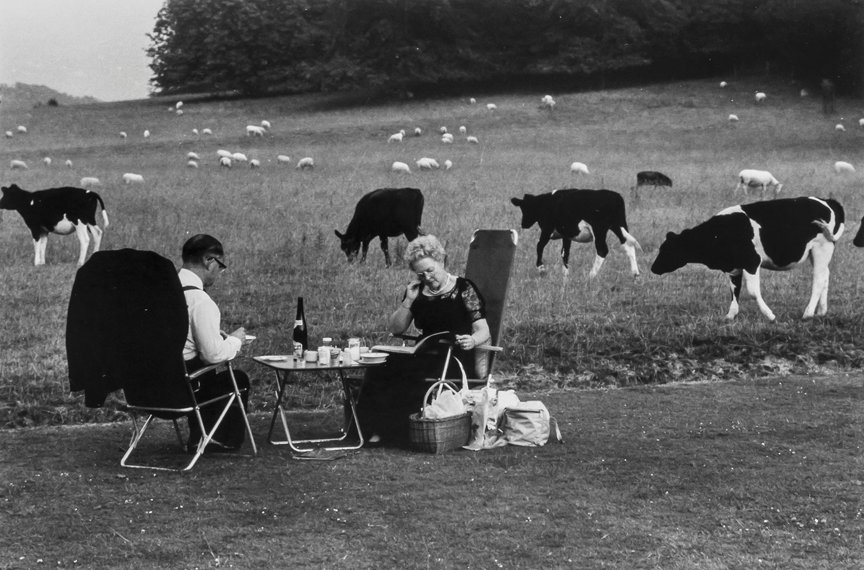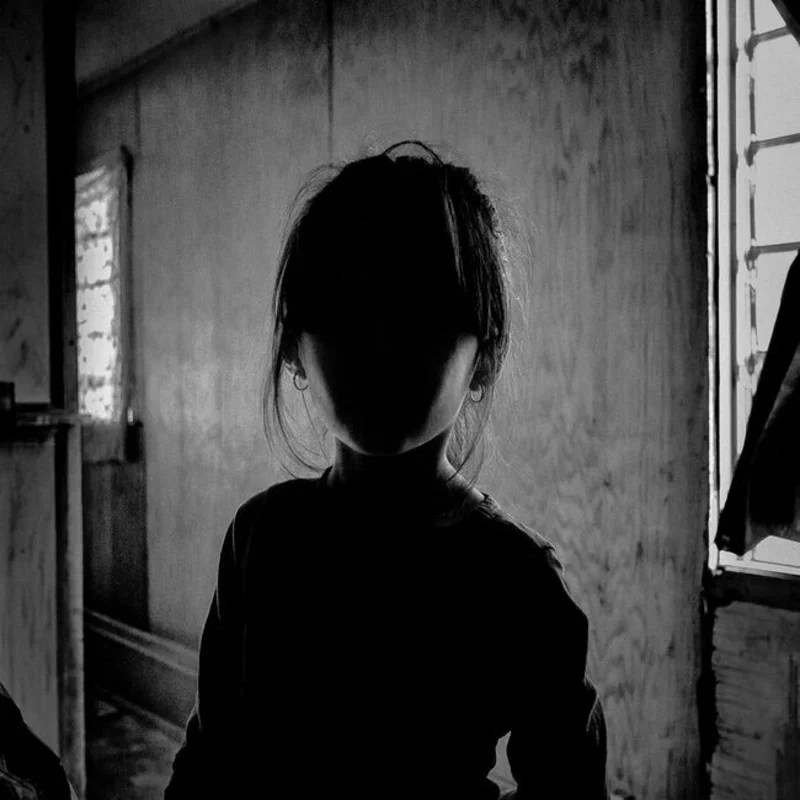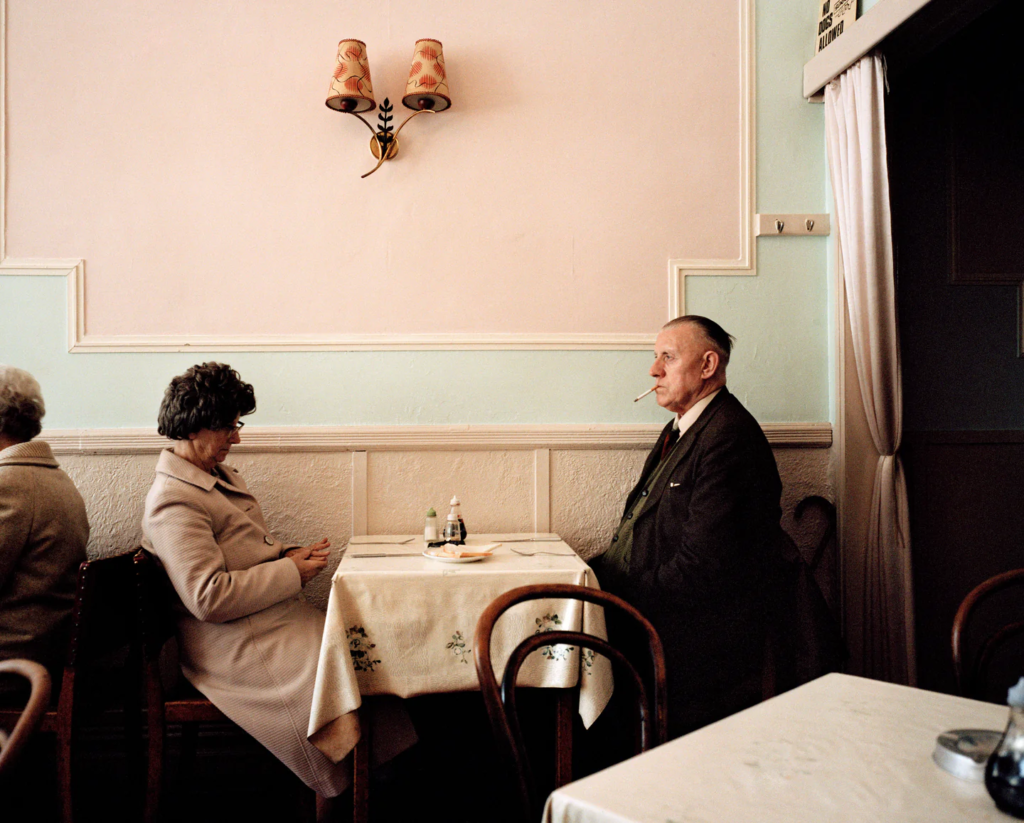We can never determine where and who started photography due to the fact that in the time that photography was being invented, many individuals were exploring and working in similar things in relation to photography. However what is certain, is the fact that many revolutionary people contributed to the history and origin of photography and many are credited till this day. The two most important processes that were introduced in the early forms of photography is the two processes called Daguerreotype and Calotype. Daguerreotype was a direct-positive process which created a highly detailed image on a sheet of copper plated with a thin coat of silver without the use of negative which was invented by Louis Jacques Mandé Daguerre. Calotype was a technique created by William Henry Fox Talbot where it consisted of a sheet of paper coated with silver chloride that was then exposed to light in camera obscura. Some may say that in terms of John Szarkowski’s thesis where he states that the world can be viewed through a ‘mirror’ or ‘window’, these two processes can be applied towards the ‘mirror’ side of the thesis. This is because most pictures produced using these two processes, were pictures of family or portrait images of people, so they were quite personal and reflective of the people who made it. Szarkowski’s implies that ‘Art is a mirror, reflecting a portrait of the artist who made it‘ which contributes to the statement above. There is a strong agreement towards this saying as I believe that a mirror can be a reflection of what the artist see’s and interprets. However, some may contradict that the process Calotype views the world as ‘window’. Some images produced using a Calotype, were quite documentary in style, and showed a better and different perspective of the world. We can prove this by the saying that is said in Szarkowski’s thesis, which is ‘window, through which one may better know the world‘. Many may even say that these two processes are both ‘windows’ as they both document the past.
The image that has been chosen that shows ‘mirror’ in terms of Szarkowski’s thesis is the image shown below. This image is seen as a ‘mirror’. This is because the image is quite subjective itself. The time, 1997, that this image was taken was the time that women were seen as housemaids and things that had to have motherly features and attitudes. This is a self portrait taken by Cindy Sherman where it shows her in a very provocative outfit doing household chores. She projects that women in those times needed to look presentable for their husband for visual pleasure yet needed to act like a responsible and role model to their kids, taking care of the chores which was something that women were obligated to do in those time periods. This image reflects Sherman’s ‘Self’ especially her views, its almost like its quite a personal and private subject for her but she still chose to use her voice and express her views using photography. This picture also connects to the theorist Laura Mulvey, who explores the male gaze and states that representation of women is quite objective and defines their identity in relation to male character, which is exactly what Cindy Sherman is posed as. Laura Mulver implies that “Woman’s desire is subjugated to her image (…) as bearer, not maker, of meaning”. This was said the good reads, a website filled with her quotes. This acts in accordance with Shermen’s intention because Laura Mulvey indicates in the quote what women are stereotypical portrayed as which Cindy also explores in the image show below and in many of her images. This picture wholeheartedly reflects the person she is which is someone who is interested in exploring identity and she even said that, “I wish I could treat every day as Halloween, and get dressed up and go out into the world as some eccentric character” which was said in the MoMA website
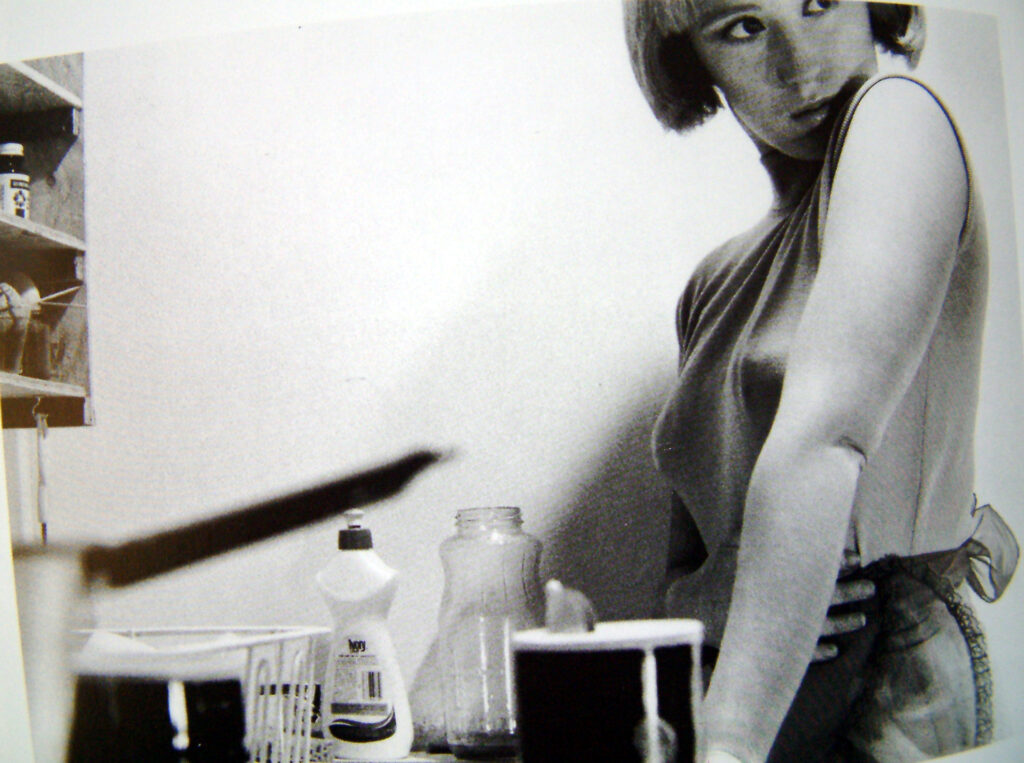
Szarkowski’s states that the “general movement in American photography in the past quarter-century has been from public to private concerns.”. Cindy’s images are subjective and private and we can extract the part where Szarkowski’s mentions the private concerns and apply it to her image. Although her images are quite controversial and ‘out there’, it is still private. How women were portrayed in that time was a private subject and something that was forbidden in terms of protesting about such roles within the female population. In Jed Perl review, Szarkowski’s comments on Minor White’s work as “romantic” and “self-expression,” which is something that is exactly represented in Sherman’s work. This strongly supports Szarkowski’s statement about how mirror is described.
The image that has been chosen that shows ‘window’ in terms of Szarkowski’s thesis is the image shown below. This image is seen as a ‘window’. This is because the image is objective. It literally states what its showing, it is common sense. This image was taken in 1933, Seville and entitled as, “Children Playing in Ruins”. Even in his descriptions he was objective and clear. After this image, The Spanish Civil War broke out, in the cities Henri Cartier-Bresson had navigated through. Although he did not know this would be the outcome, a war, this ruined building and crippled children became associated with the horrors of that war. If we look at Szarkowski’s theory about what a window is defined as, he says that “through which one may better the world” which is something that is exactly shown. Cartier-Bresson took this picture without realizing that three years after, war would unleash, which massively effected the way this image was read. It showed the possible outcomes of war and documented the distress of war, unintentionally.
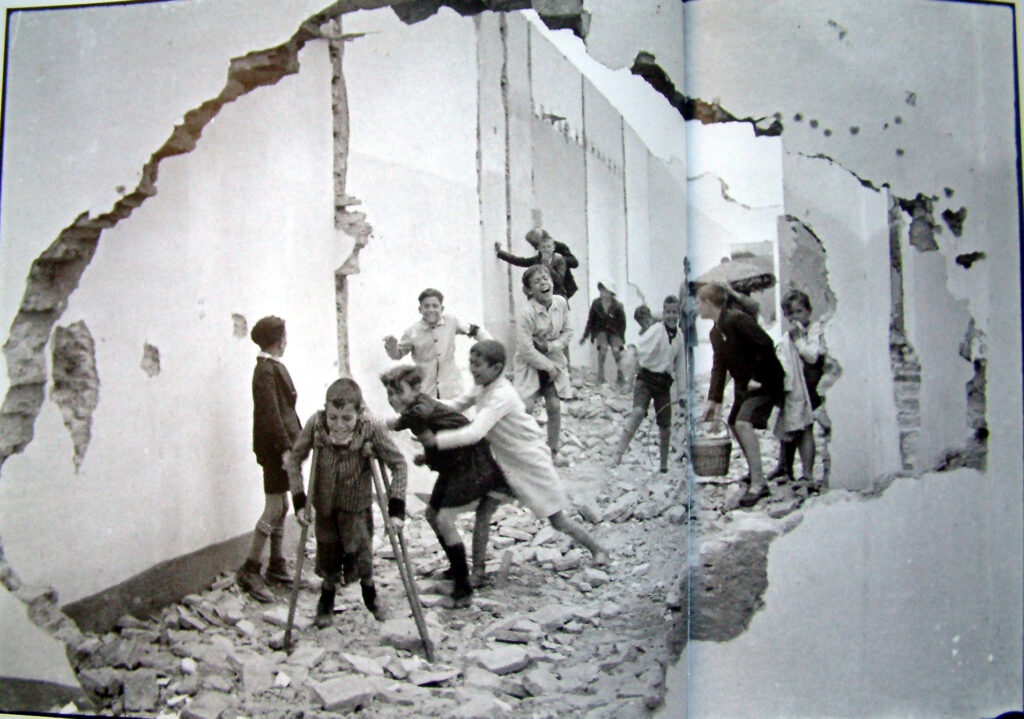
Szarkowski’s observes that “there is a fundamental dichotomy today between photographers who believe that all art is concerned with self-expression and those who see it as a means of exploration” seen in the website called MoMA’s . Cartier-Bresson’s work, especially this image had a tendency of being documentary like and we can actually apply and extract a part from Szarkowski’s suggestion about the ‘concern’ of ‘exploration’ and apply it to this image. Especially with the known fact that this was taken few years before the Spanish Civil War in Saville. Again proof of his dangerous exploration. In Jed Perl review, Szarkowski’s comments in franks work, and notices that his work explores “realism,” and “exploration”, again complying with the first statement done by Szarkowski. It is certain that Henri’s work has a certain realism to it, the realism of War and the youth that are effected by it. Henri declares that “Of all the means of expression, photography is the only one that fixes a precise moment in time.” which was shown in John Paul Caponigro’s blog. This obey’s Szarkowski’s theory as it basically implies that expression is shown as something that is documentary like, it captures the past.
If we refer back to the question, ‘how can photographs be both mirrors and windows of the world’. If we look at Szarkowski’s theory in summary, it is obvious that he see’s mirror’s as something that is “art, reflecting a portrait of the artist who made it, and window, as those who may better know the world”. However in Perl’s review, Szarkowski’s reviews and observes mirrors as something romantic and self-reflection and windows as realism and expression. We can agree and say that photographs can be both mirrors and windows especially with the two images that were analysed, above, especially when applying Szarkowski’s theory and Jed’s review. They have similarities and these are the way they have people in the images, creating a door to a more public approach something that is considered as mirror. Both images are factual, however very different. One is about the Spanish Civil War, showing realism, and the other is about the realities of how women were portrayed, this is romanticism of how women were seen, in a specific time period. However, the image that shows how a women is projected is quite fictional. The image is made up, it was creatively constructed by the artist, even though it was factual, because that was exactly how women were characterised, it was also exaggerated and staged. Lastly if we look at the images, they can be both be mirror and windows however they individually have sides that they lean more to so in conclusion I think that in images there are mirrors , windows and in-between’s.

